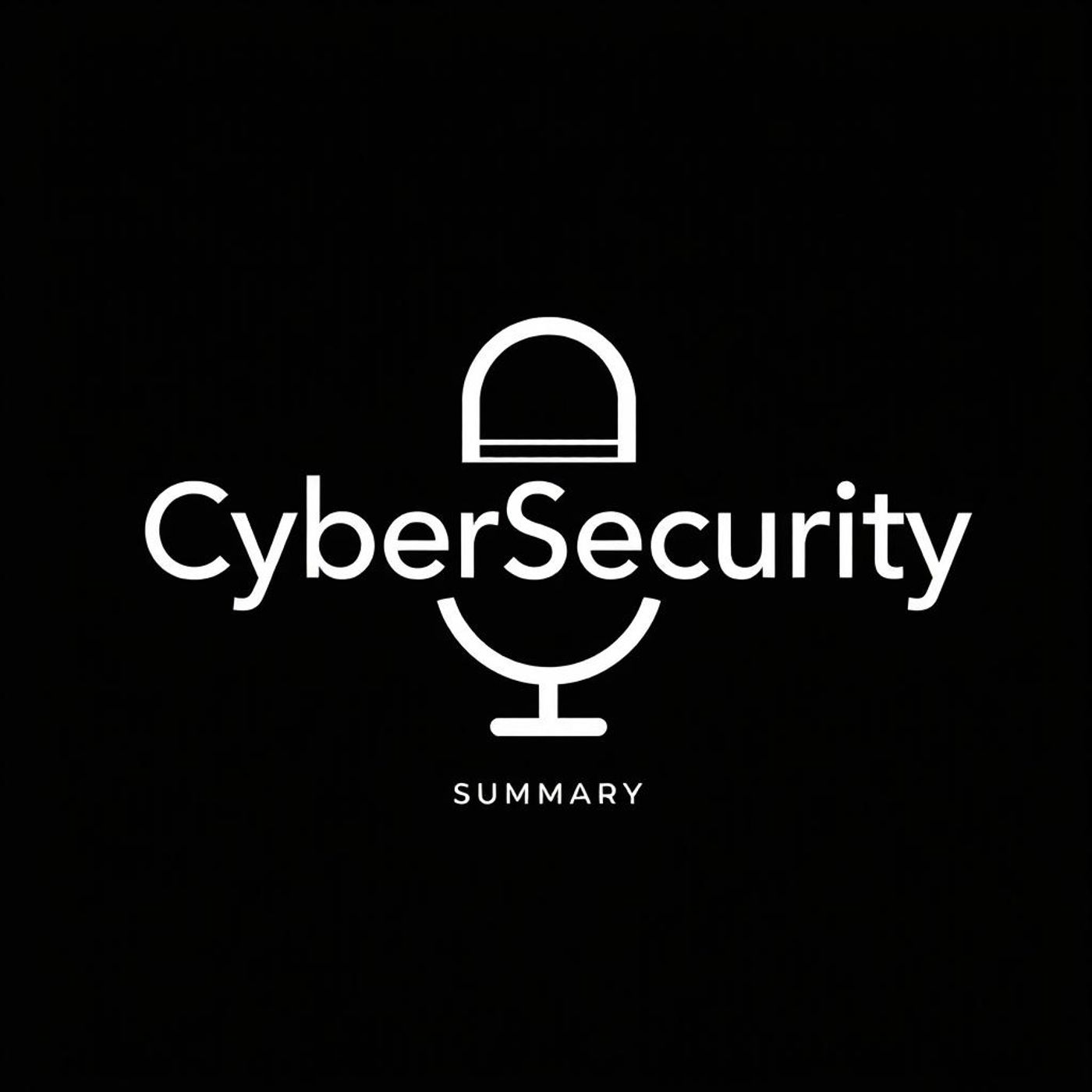CyberSecurity Summary
CyberSecurity Summary is your go-to podcast for concise and insightful summaries of the latest and most influential books in the field of cybersecurity.Each episode delves into the core concepts, key takeaways, and practical applications of these books, providing you with the knowledge you need to stay ahead in the ever-evolving world of cybersecurity.Whether you’re a seasoned professional or just starting out, CyberSecurity Summary offers valuable insights and discussions to enhance your understanding and keep you informed.You can listen and download our episodes for free on more than 10 different platforms:https://linktr.ee/cyber_security_summary
Security for Telecommunications Networks (Advances in Information Security Book 40)
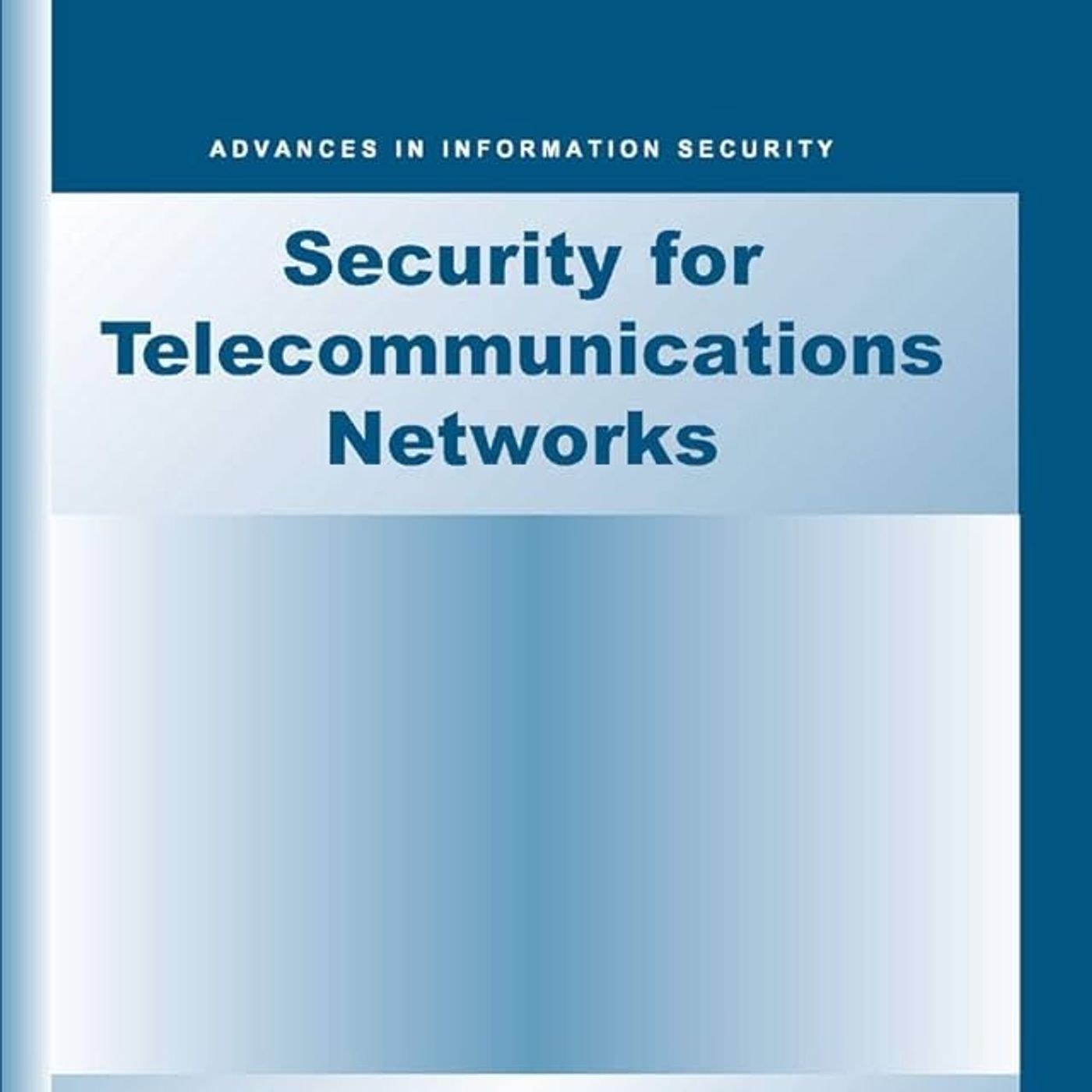
An extensive overview of security in telecommunications networks, particularly focusing on cellular systems and their convergence with the Internet. The text first establishes core security concepts and cryptographic principles before thoroughly examining vulnerabilities in both traditional voice networks and modern cellular data services like GSM and GPRS. A significant portion is dedicated to analyzing the impact and mitigation of Denial of Service (DoS) attacks via Short Messaging Service (SMS) and cellular data teardown mechanisms, demonstrating how network rigidities create exploitable weaknesses. Finally, the text explores the architecture and security challenges of Voice over IP (VoIP), contrasting its open, packet-switched...
Enterprise Security Architecture: A Business-Driven Approach
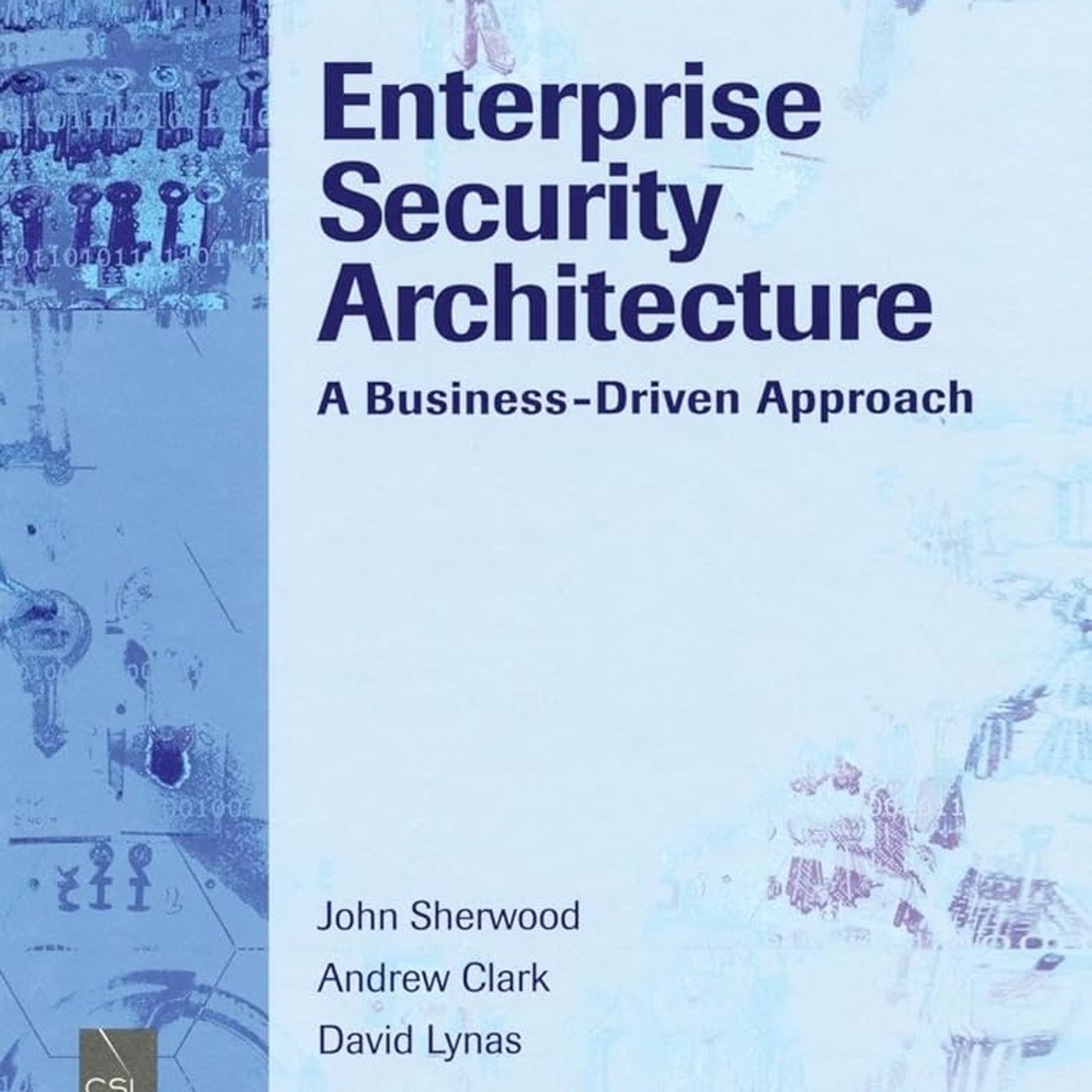
An extensive overview of enterprise security architecture, emphasizing a business-driven approach. It introduces the SABSA Model, a six-layer framework for developing security architectures, and explains how it guides the entire process from contextual business requirements to operational security. The text covers critical concepts like risk management, compliance, and the importance of a holistic approach to security, moving beyond isolated technical solutions. It details various security mechanisms, logical services, and physical implementations, alongside strategies for managing operational security, people, and processes within an organization. Ultimately, the source aims to equip readers with the knowledge and tools to design, implement, and...
Embracing Technology: Get Tech-Savvy by Learning About Your Computer, Smartphone, Internet, and Social Media Applications
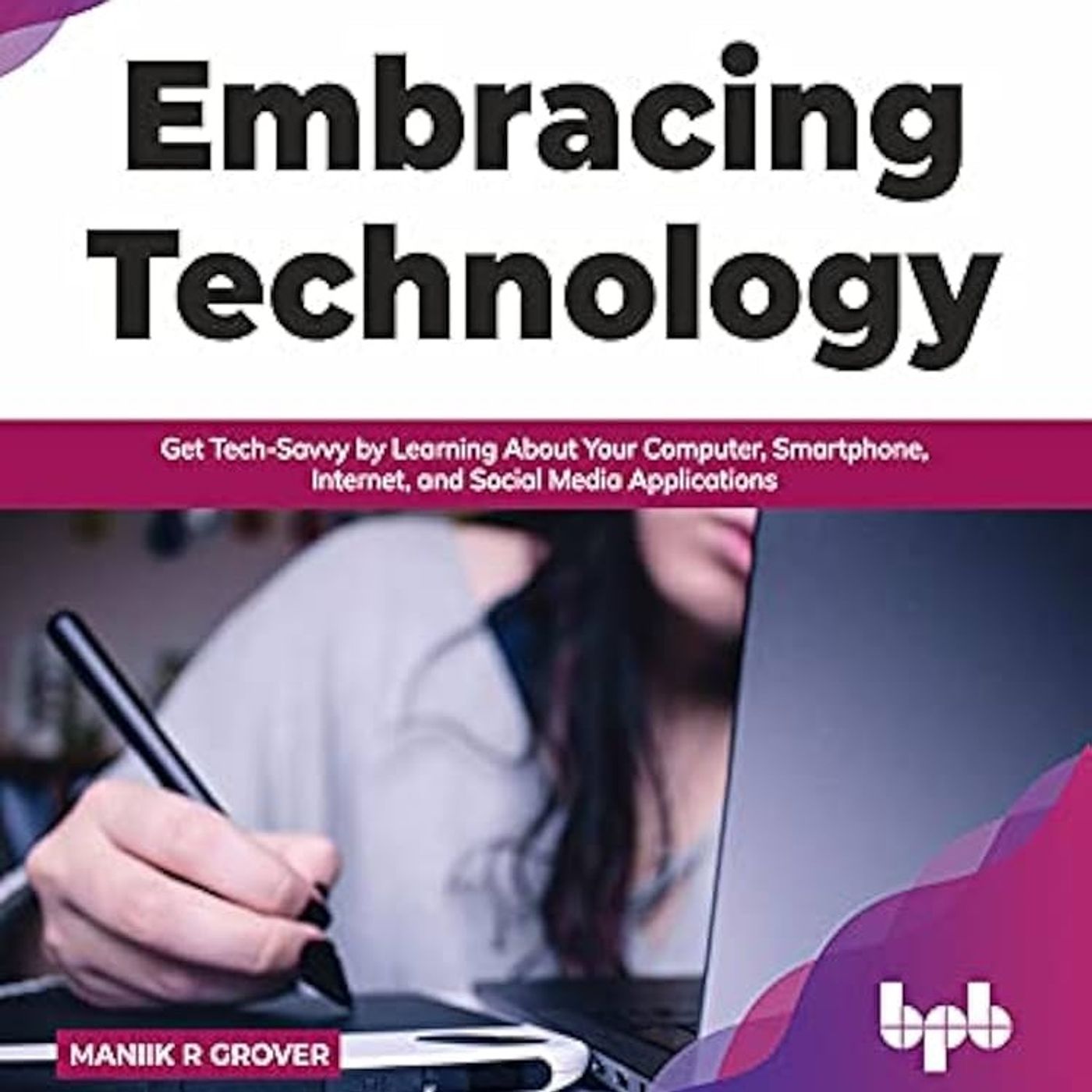
An extensive overview of digital literacy and technology, covering a broad range of topics from basic computer and smartphone functionality to advanced internet applications. It introduces fundamental concepts of hardware and software, then expands into practical usage of online services like email, social media, digital maps, and e-commerce. The text further explores digital media management for photos, music, and videos, discusses various connection types and internet security, and even touches upon emerging technologies like cloud computing and voice assistants, all with an emphasis on privacy and responsible online behavior.
You can listen and download our...
Data Scientist Pocket Guide: Over 600 Concepts, Terminologies, and Processes of Machine Learning and Deep Learning Assembled Together
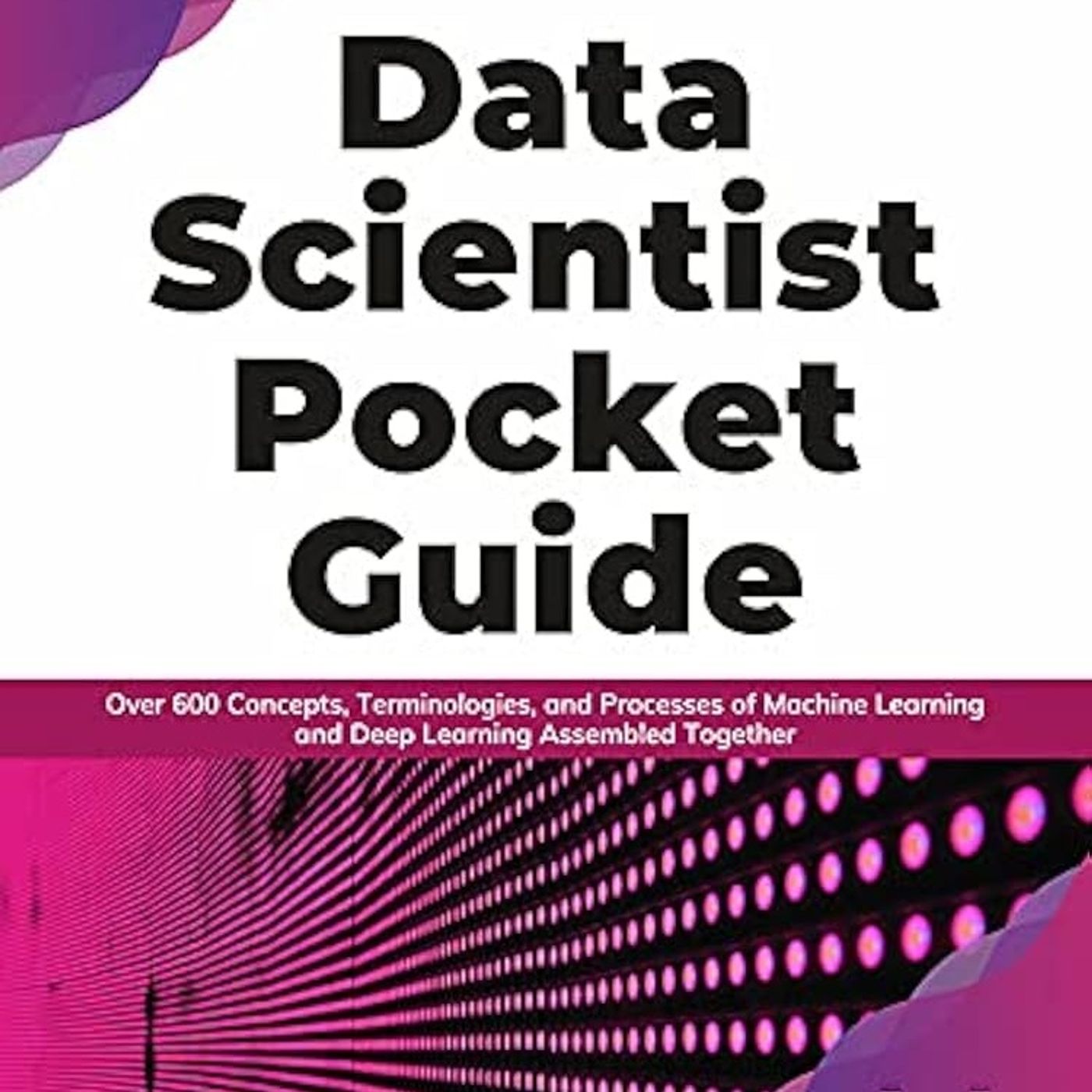
A pocket guide offering a comprehensive overview of over 600 concepts, terminologies, and processes in the fields of machine learning and deep learning. Published in 2021, it aims to clarify the logic and mechanisms behind these concepts for data scientists, acting as a non-linear reference for both beginners and experienced practitioners. The guide covers a vast array of topics, from fundamental definitions like algorithms and activation functions to advanced techniques such as various neural network architectures, optimization methods, and evaluation metrics. It also provides insights into practical considerations like handling imbalanced datasets, training models faster, and choosing between programming languages like...
Cybersecurity and Third-Party Risk: Third Party Threat Hunting

A structured approach to managing third-party risk. The book covers fundamental concepts such as the CIA Triad (Confidentiality, Integrity, Availability), various cybercrime types (phishing, ransomware), and the five phases of a breach (research, intrusion, lateral movement, privilege escalation, exfiltration). It further explores the impact of the COVID-19 pandemic on cybersecurity trends, emphasizing the increased attack surface due to remote work, and details a robust Cybersecurity Third-Party Risk Management program. This program includes intake, ongoing, and on-site due diligence processes, methods for continuous monitoring, and strategies for offboarding vendors securely. The text also addresses legal protections, cloud security patterns, software...
Cracking the Coding Interview: 189 Programming Questions and Solutions
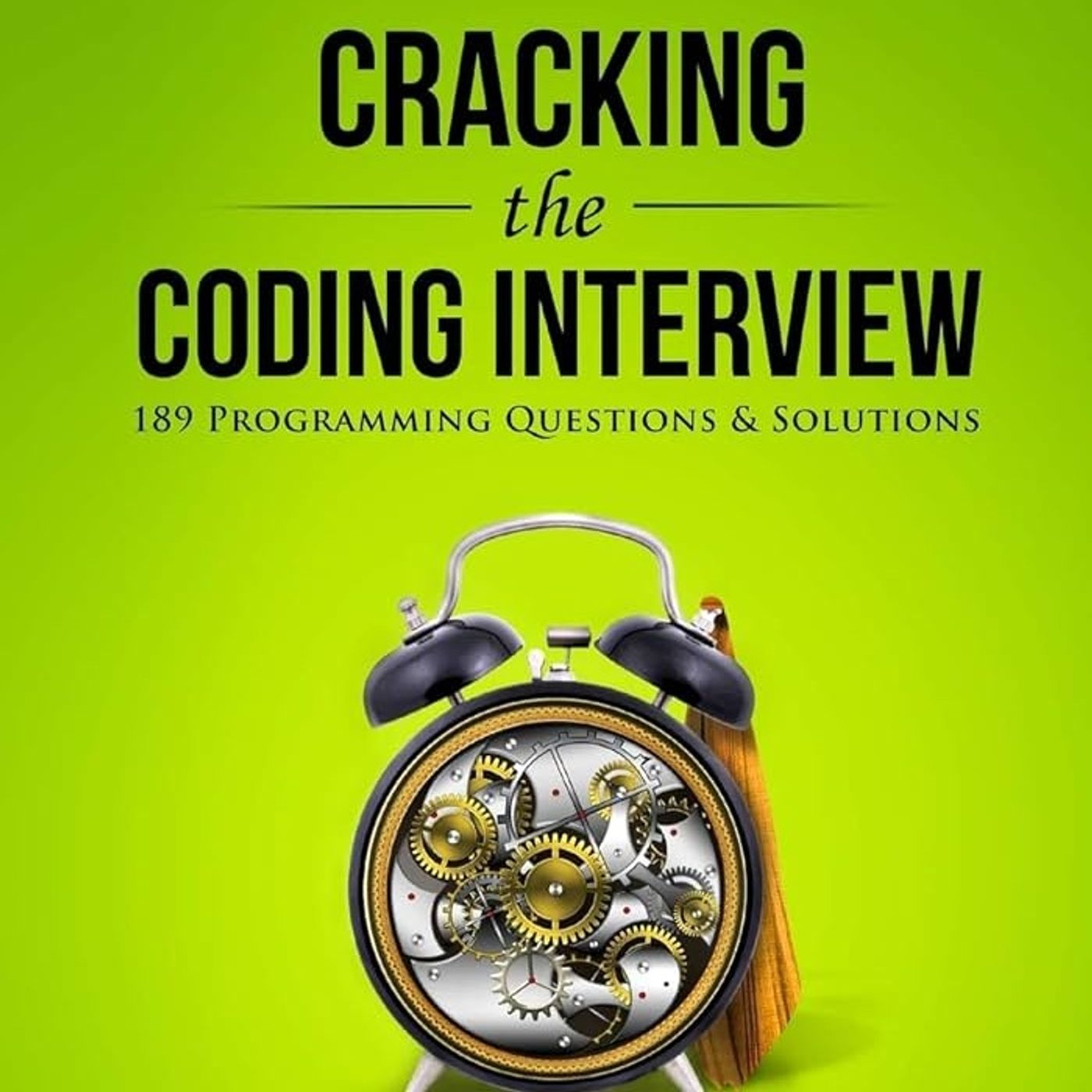
A comprehensive guide for technical interviews in the software industry, particularly focusing on algorithm, coding, and design questions. It offers detailed strategies for interview preparation, including how to approach problems, optimize solutions, and understand time and space complexity (Big O notation). The text provides interview-specific advice for companies like Google and Apple, and covers various technical topics such as data structures (linked lists, trees, stacks, queues, hash tables), core algorithms (sorting, dynamic programming, recursion, bit manipulation), and object-oriented design. Additionally, it includes sections on system design and scalability, database concepts, and even advice for interviewers on crafting effective questions...
Computer Networks, Global Edition
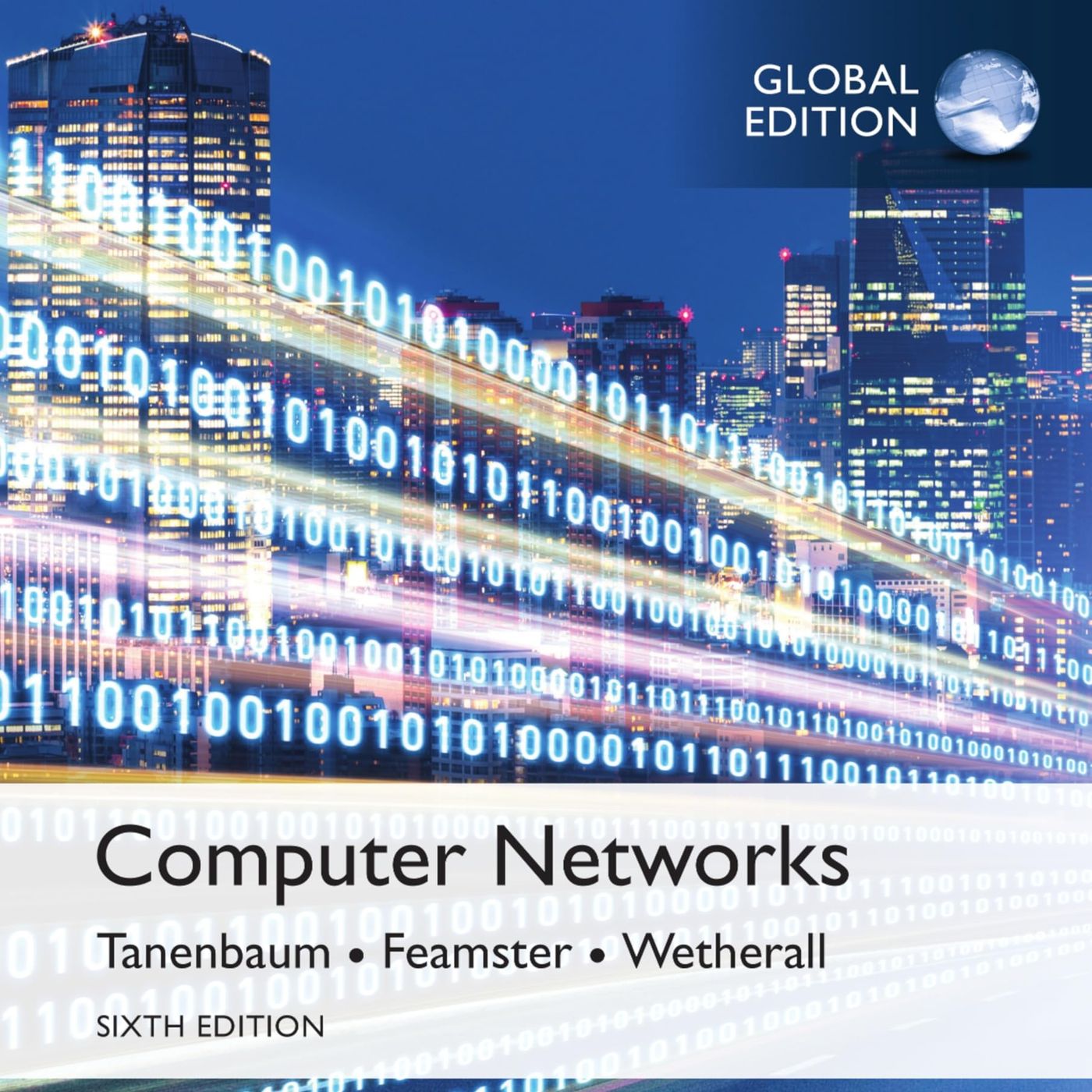
A comprehensive overview of computer networking principles and technologies. The text explores foundational concepts such as gateways, routers, and network layers, alongside detailed examples of various networks like the Internet (including ARPANET's history and evolution of traffic), mobile phone networks (1G-5G), and wireless LANs (IEEE 802.11). It also addresses crucial aspects of network design including protocols, error correction, flow control, congestion management, quality of service, and security (covering cryptography, DDoS attacks, and firewalls). Furthermore, the material discusses physical layer technologies like twisted pair, coaxial, and fiber optic cables, and delves into application-layer topics such as DNS, email (SMTP), the...
Computer Forensics: Incident Response Essentials
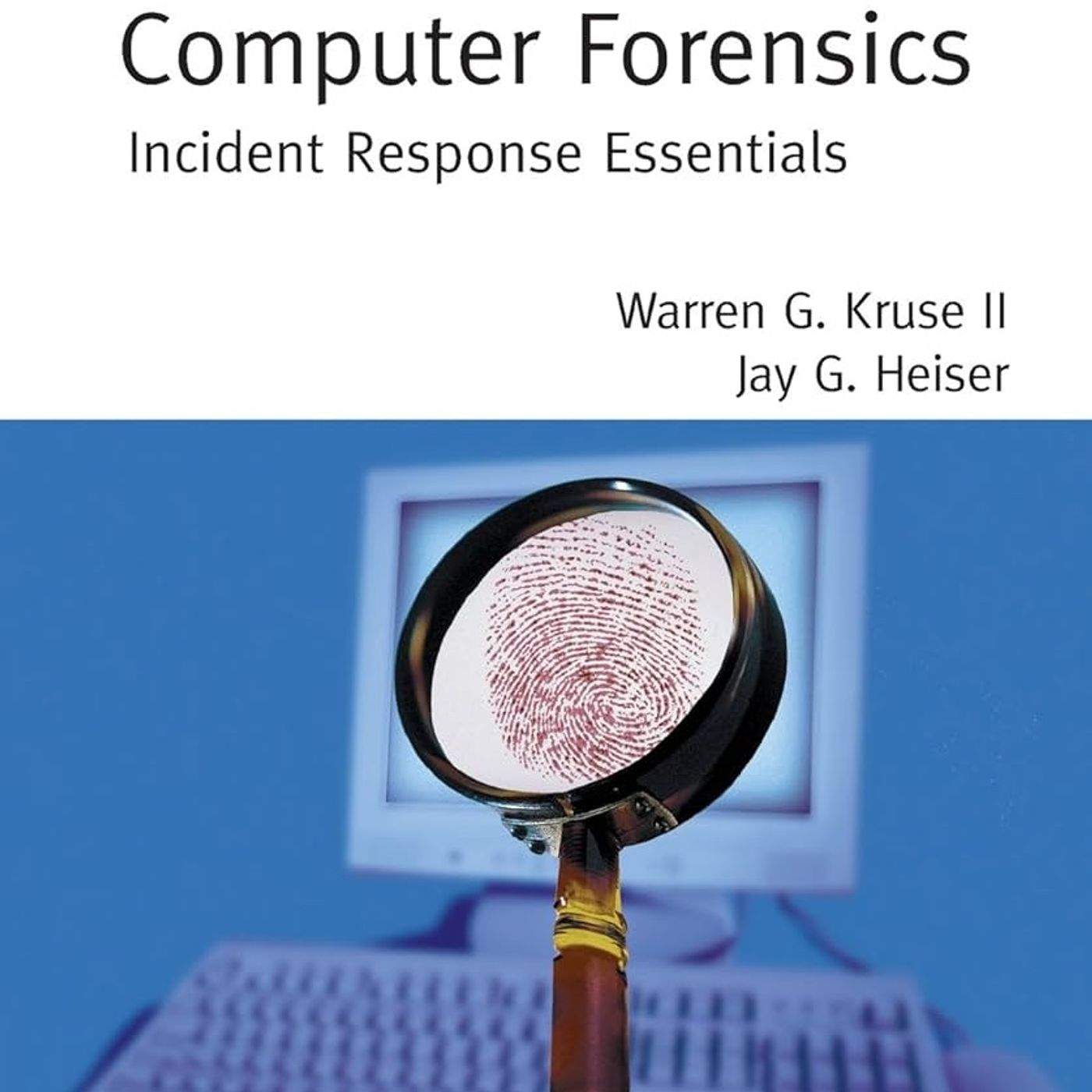
A practical guide for investigating computer crimes, focusing on methodologies and tools for digital evidence acquisition and analysis. The text covers a broad range of topics, including the basics of hard drives and storage media, various data hiding techniques like encryption and steganography, and the identification and handling of hostile code such as viruses and rootkits. Additionally, it provides detailed guidance on investigating both Windows and Unix operating systems, discussing network fundamentals and tracking offenders. The source also emphasizes legal considerations and chain of custody in digital investigations, concluding with an appendix on incident response guidelines for Internet data...
CompTIA Pentest+ (Practice Exams)
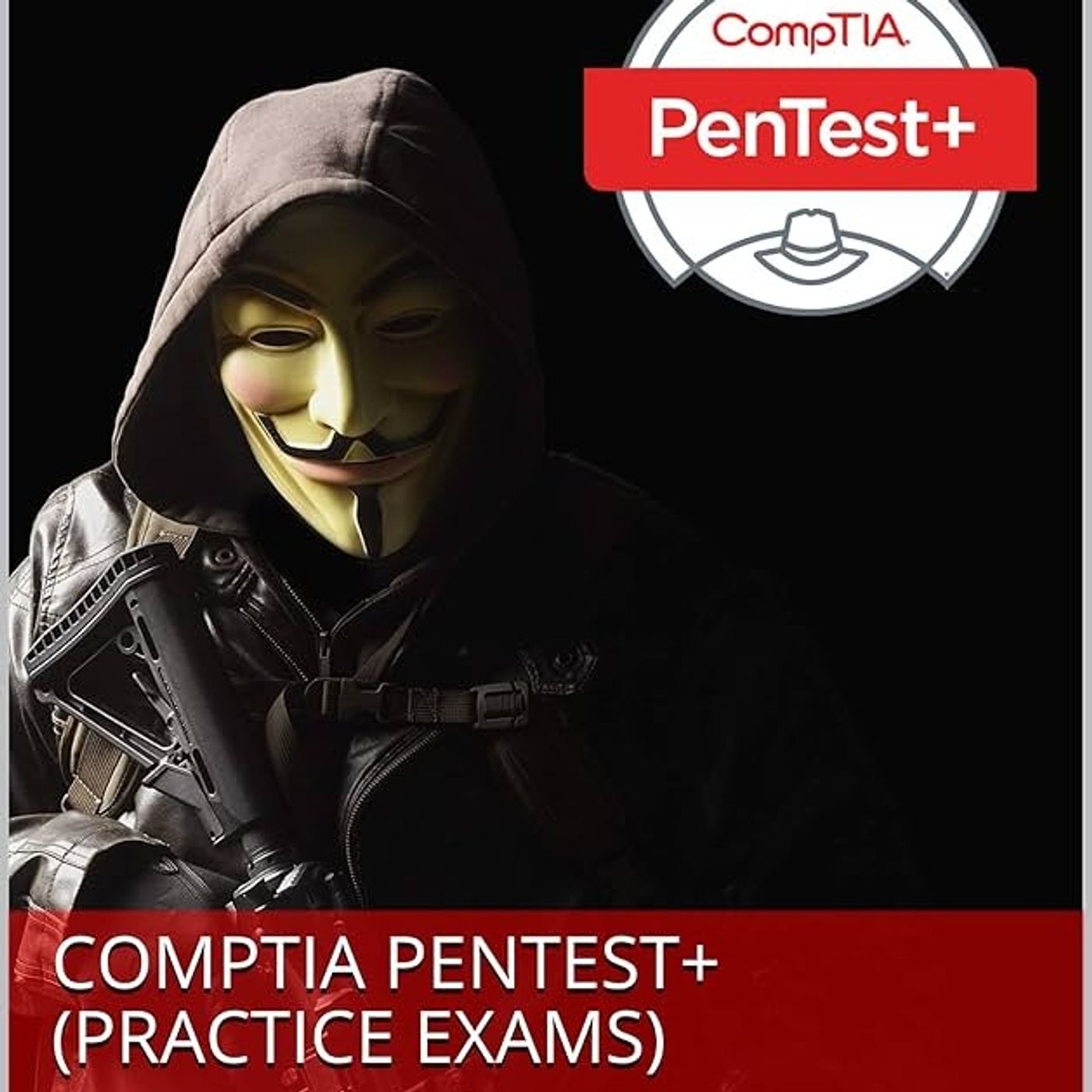
A comprehensive overview of penetration testing concepts and methodologies, covering various attack types and the tools used by security professionals. They detail social engineering techniques like phishing, vishing, smishing, and physical exploits such as dumpster diving and badge cloning. The sources also explore different penetration test scopes (black box, gray box, white box), emphasizing planning and communication protocols like rules of engagement and de-confliction. Furthermore, the texts discuss vulnerability identification and exploitation across operating systems, networks, and applications, alongside risk assessment and mitigation strategies.
You can listen and download our episodes for free on more...
CISA – Certified Information Systems Auditor Study Guide: Aligned with the CISA Review Manual
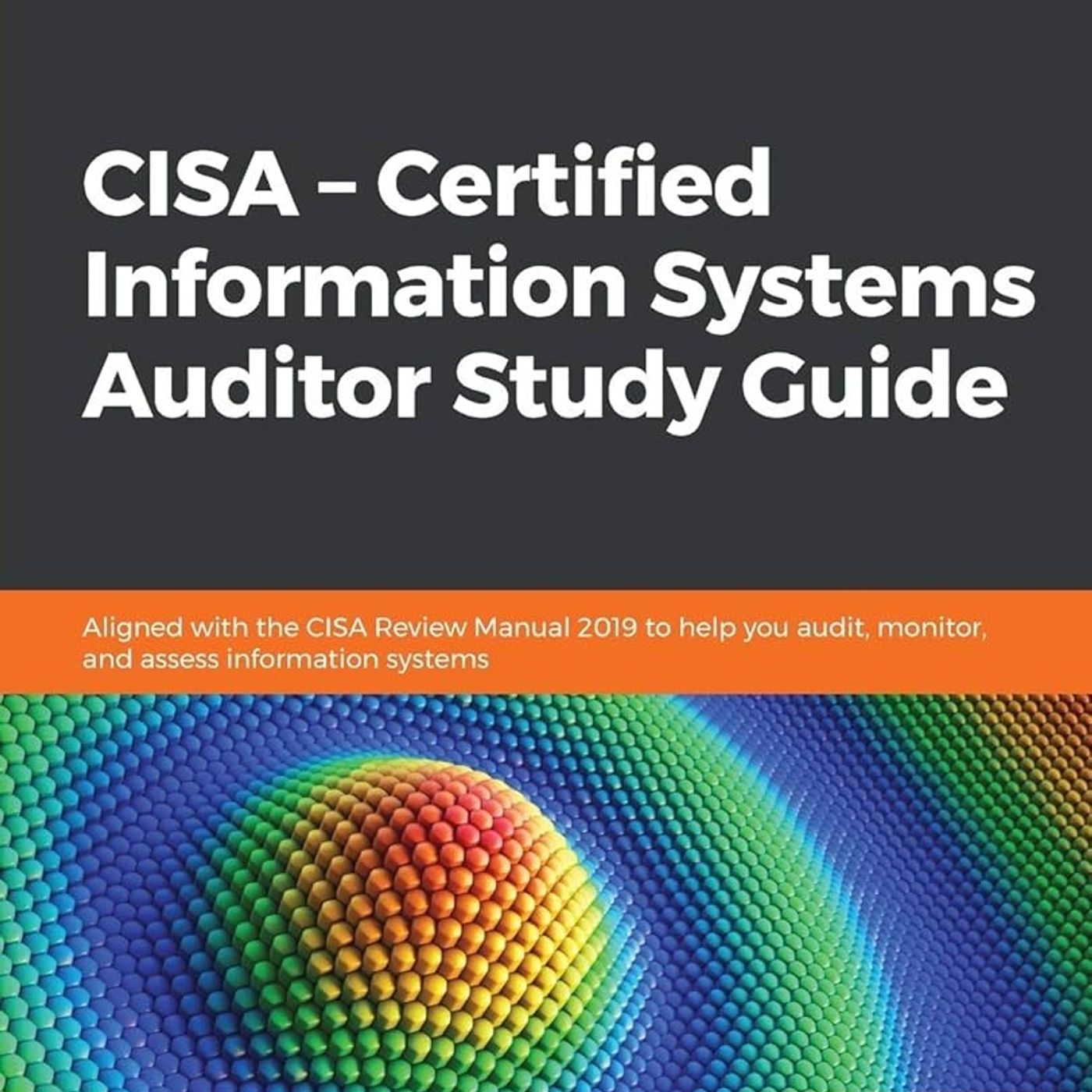
Offers an in-depth look at the Certified Information Systems Auditor (CISA) certification. It covers critical aspects of information systems auditing, including processes, risk management, business resilience, and security controls, with a focus on preparing candidates for the CISA exam through key concepts and self-assessment questions. The text also highlights the author's extensive qualifications and the publisher's call for new authors, underscoring the practical and professional nature of the content. Ultimately, it serves as a foundational resource for IT auditing professionals seeking to enhance their expertise and career prospects.
You can listen and download our episodes...
Certified Ethical Hacker (CEH) Preparation Guide: Lesson-Based Review of Ethical Hacking and Penetration Testing
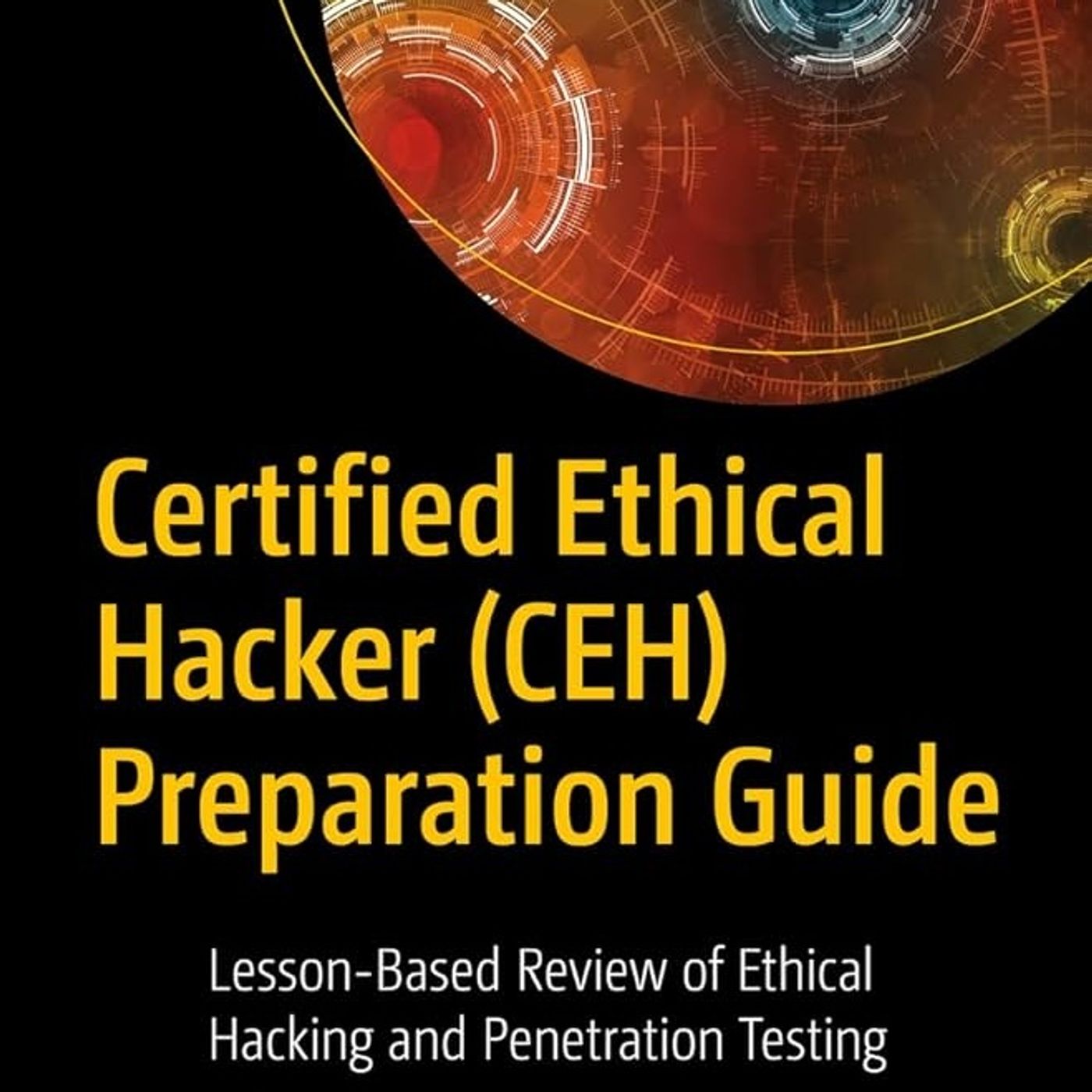
A preparation guide for Certified Ethical Hacker (CEH) certification, focusing on a wide array of cybersecurity topics. It covers fundamental concepts such as ethical hacking, vulnerabilities, and types of attacks, moving into practical methodologies like footprinting, network scanning, and enumeration. The guide also details various malicious software and attack techniques, including Trojans, viruses, worms, denial-of-service attacks, session hijacking, and SQL injections. Furthermore, it addresses defensive strategies involving intrusion detection systems, firewalls, honeypots, and cryptography, concluding with an overview of penetration testing and risk management.
You can listen and download our episodes for free on more...
The Active Defender: Immersion in the Offensive Security Mindset (Tech Today)
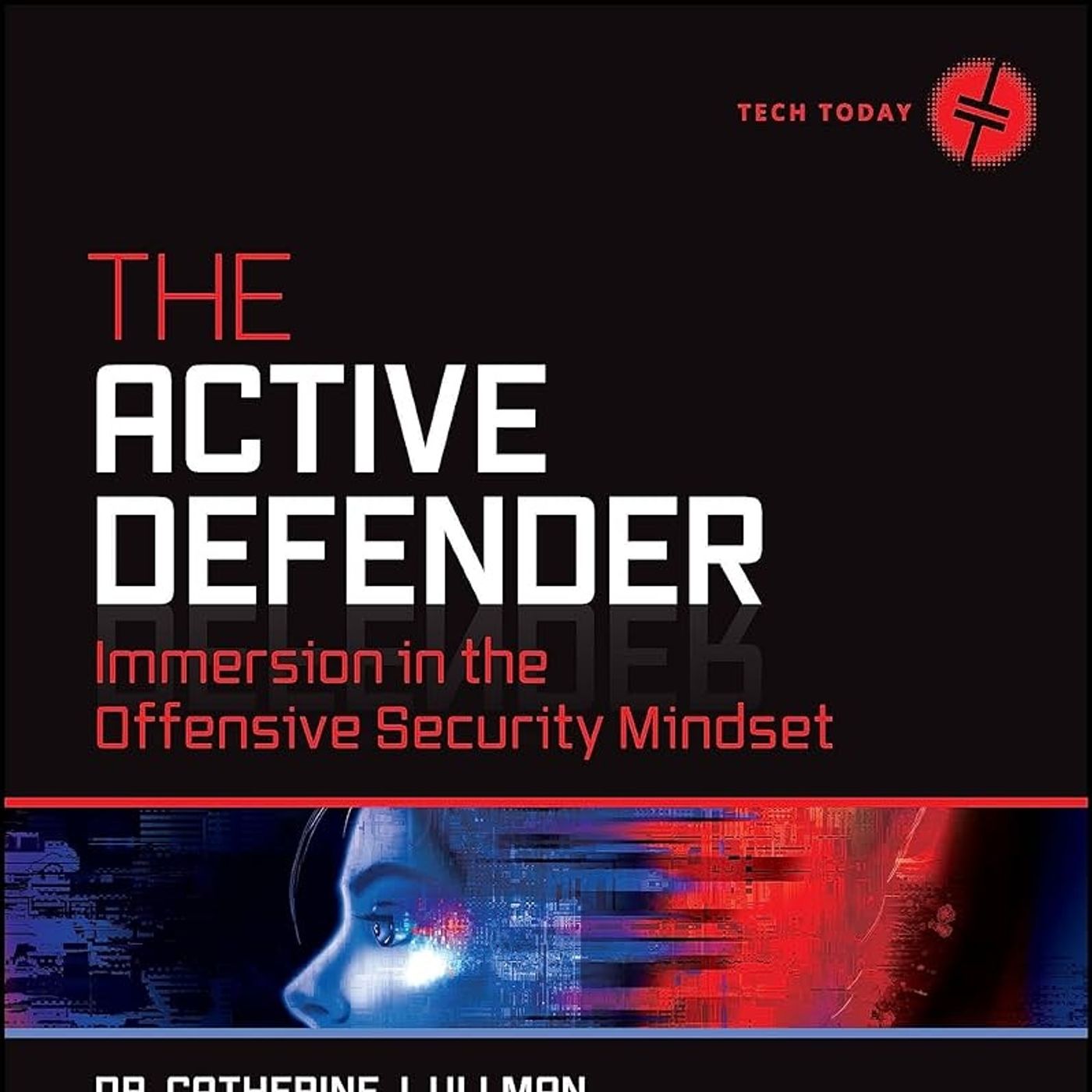
Focusing on cybersecurity defense through the lens of offensive security. The material covers the evolution of cybersecurity practices, critiques the traditional passive and reactive defense posture, and advocates for an "Active Defender" mindset, which involves understanding and leveraging attacker methodologies, tools, and the hacker mentality. Key topics include details on offensive security engagements (such as targeting, initial access, and exfiltration), comprehensive descriptions of common offensive security tools like Nmap and Cobalt Strike, and strategies for building effective, procedure-based detections to evade common pitfalls. Furthermore, the text addresses future challenges such as software supply chain attacks and BYOVD, and explores...
The Cybersecurity Manager's Guide: The Art of Building Your Security Program
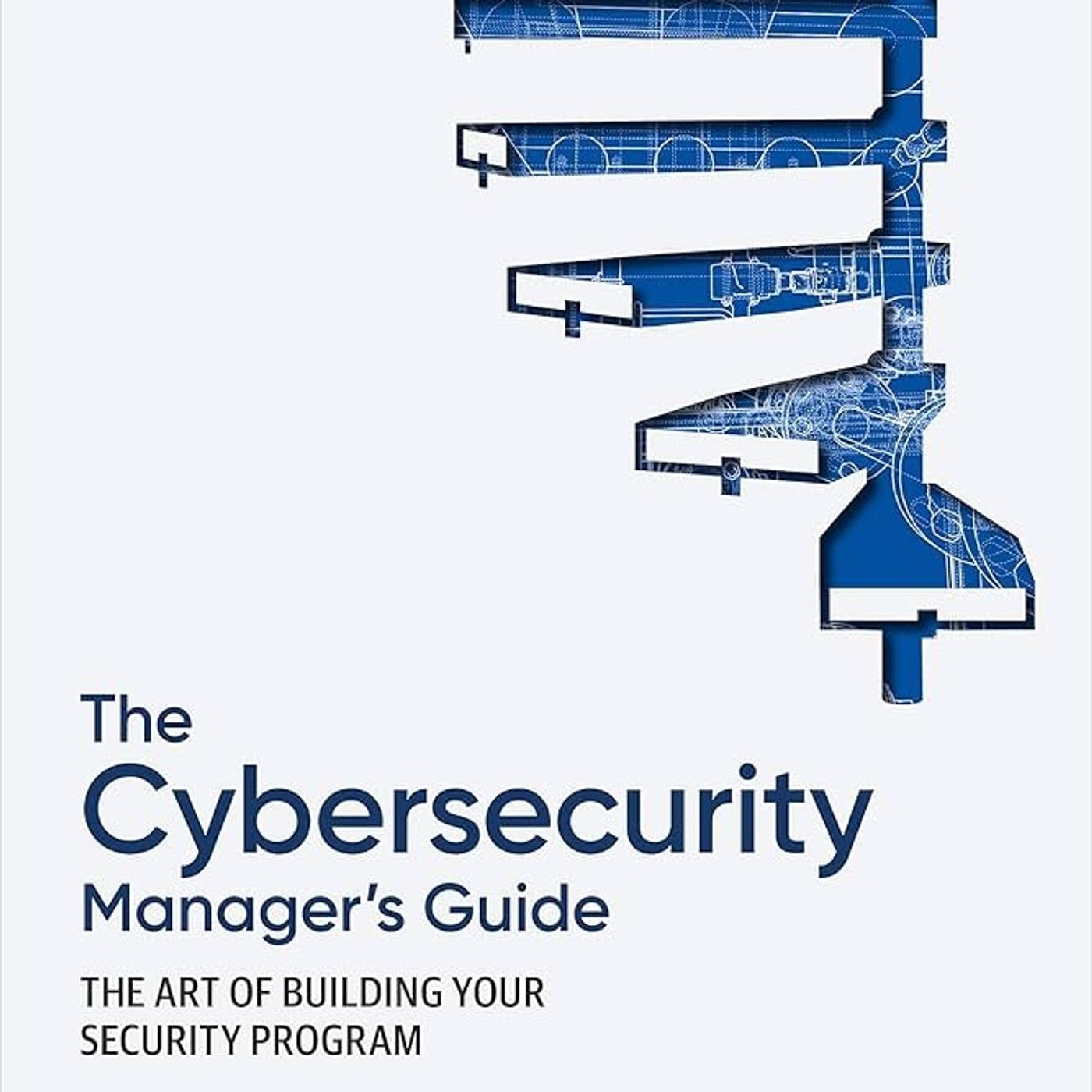
Outlines a seven-step methodology for building an effective InfoSec program by focusing on the "art," or people side, of security. The author, Todd, draws on over two decades of experience to argue that success hinges on cultivating strong relationships and ensuring alignment with the company's risk tolerance, as most organizations are indifferent to information security. The book advocates for the "neighborhood watch" model where security responsibilities are shared across the company, rather than centralized, emphasizing key processes like documentation, governance, security architecture, and communication as vital cornerstones for establishing a security culture. Finally, the text suggests measuring success through...
Certificate of Cloud Auditing Knowledge Study Guide

Focusing heavily on the complexities of cloud governance, compliance, and auditing. A significant portion of the text is dedicated to the Cloud Controls Matrix (CCM), an industry-specific framework developed by the Cloud Security Alliance (CSA), which is used to assess security and compliance across various cloud service models like IaaS, PaaS, and SaaS. The material systematically addresses the shared responsibility model in cloud computing, emphasizing that while cloud providers (CSPs) manage certain controls, the customer remains ultimately accountable for compliance with legal and regulatory requirements such as GDPR and HIPAA. Furthermore, the text outlines methodologies for threat analysis, the...
Combating Crime on the Dark Web: Learn how to access the dark web safely and not fall victim to cybercrime

Explains the nature of cybercrime and the three primary levels of the internet: the Surface Web, Deep Web, and Dark Web. A significant portion of the material details the major criminal activities found on the Dark Web, including drug trafficking, child pornography, human trafficking, and cyberterrorism. Finally, the excerpts examine the various tools and techniques used by law enforcement, the private sector, and the community to fight these crimes, proposing a centralized system (IDH) for enhanced information sharing and collaboration.
You can listen and download our episodes for free on more than 10 different platforms:<...
Cybersecurity Fundamentals: Understand the Role of Cybersecurity, Its Importance and Modern Techniques Used by Cybersecurity Professionals

Serves as an in-depth textbook resource, outlining the foundational concepts of cybersecurity, beginning with definitions of data, information, and networking. It extensively covers the history and evolution of cybercrime, categorizing various malicious activities like phishing, spoofing, and different types of DDoS attacks. Furthermore, the text examines infrastructural vulnerabilities in the internet's design, detailing techniques and systems such as the Intrusion Detection System (IDS) and IP traceback schemes used to identify and respond to cyber threats.
You can listen and download our episodes for free on more than 10 different platforms:
https://linktr.ee...
Wireless Network Simulation: A Guide using Ad Hoc Networks and the ns-3 Simulator

Focusing on Ad Hoc Networks and utilizing the ns-3 simulator. The material covers both the theoretical and practical aspects of simulation, including the formal definition and characteristics of Mobile Ad Hoc Networks (MANETs), various wireless communication technologies (like IoT and Mobile Clouds), and the methodology for designing and analyzing simulation experiments using statistical techniques such as factorial designs and steady-state analysis. Furthermore, the text details the abstraction models and features of the ns-3 simulator, including how to implement network components, routing protocols, and advanced simulation concepts like Agent-Based Simulation (ABS) and integration with external frameworks like OpenAI Gym and...
Zabbix 5 IT Infrastructure Monitoring Cookbook: Explore the new features of Zabbix 5 for designing, building, and maintaining your Zabbix
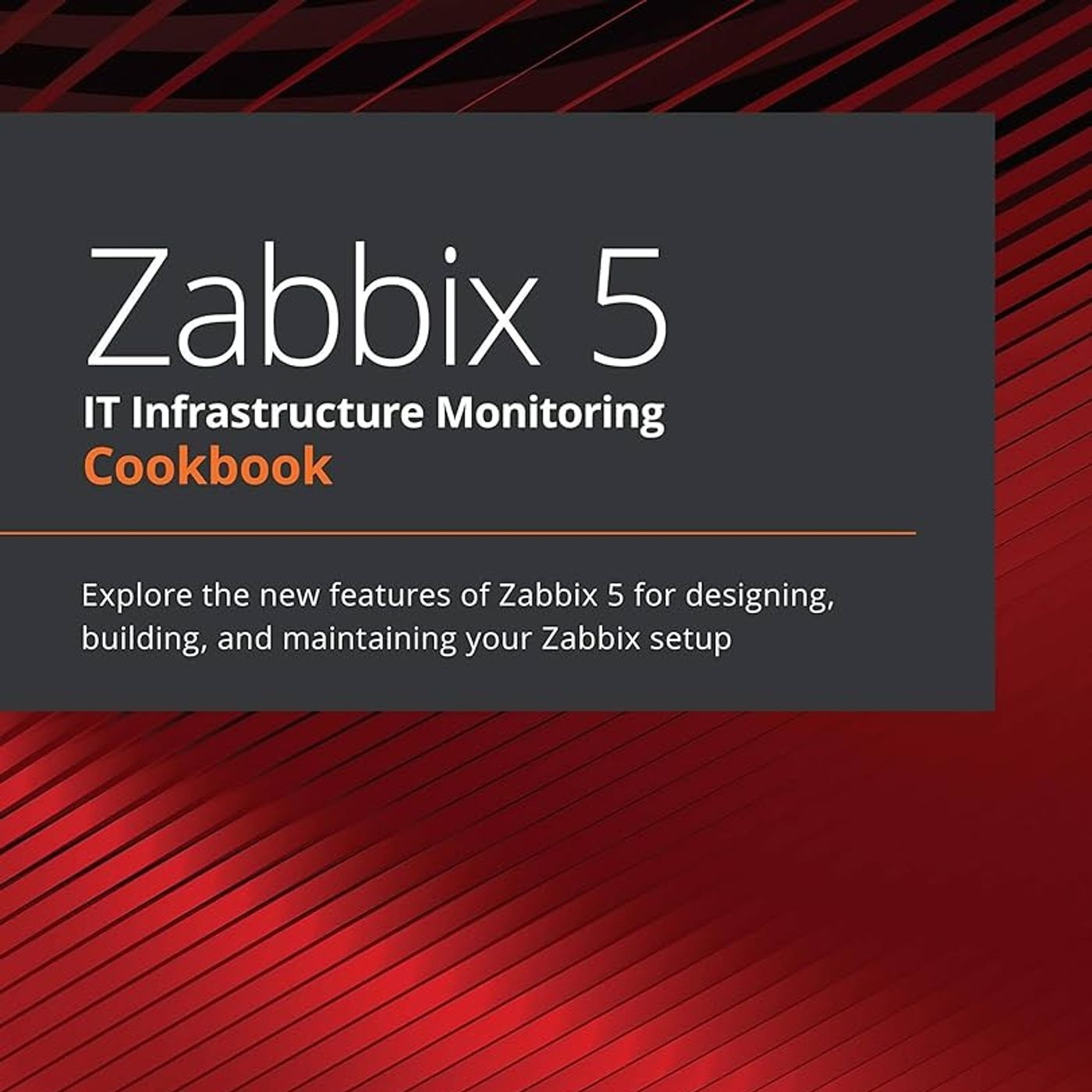
A technical resource aimed at IT engineers looking to utilize Zabbix 5 for monitoring their environments. Authored by Nathan Liefting and Brian van Baekel, the book is structured as a recipe-style guide covering a vast array of Zabbix functionalities. Key topics include initial setup and user management, configuring various monitoring types (such as SNMP, JMX, and calculated items), creating effective triggers and alerts, and building structured templates with Low-Level Discovery (LLD). Furthermore, the text addresses advanced subjects like data visualization (graphs, maps, and dashboards), integrating with external services (Slack, Microsoft Teams, Telegram), extending functionality via the Zabbix API and custom...
Beginning Blockchain: A Beginner's Guide to Building Blockchain Solutions
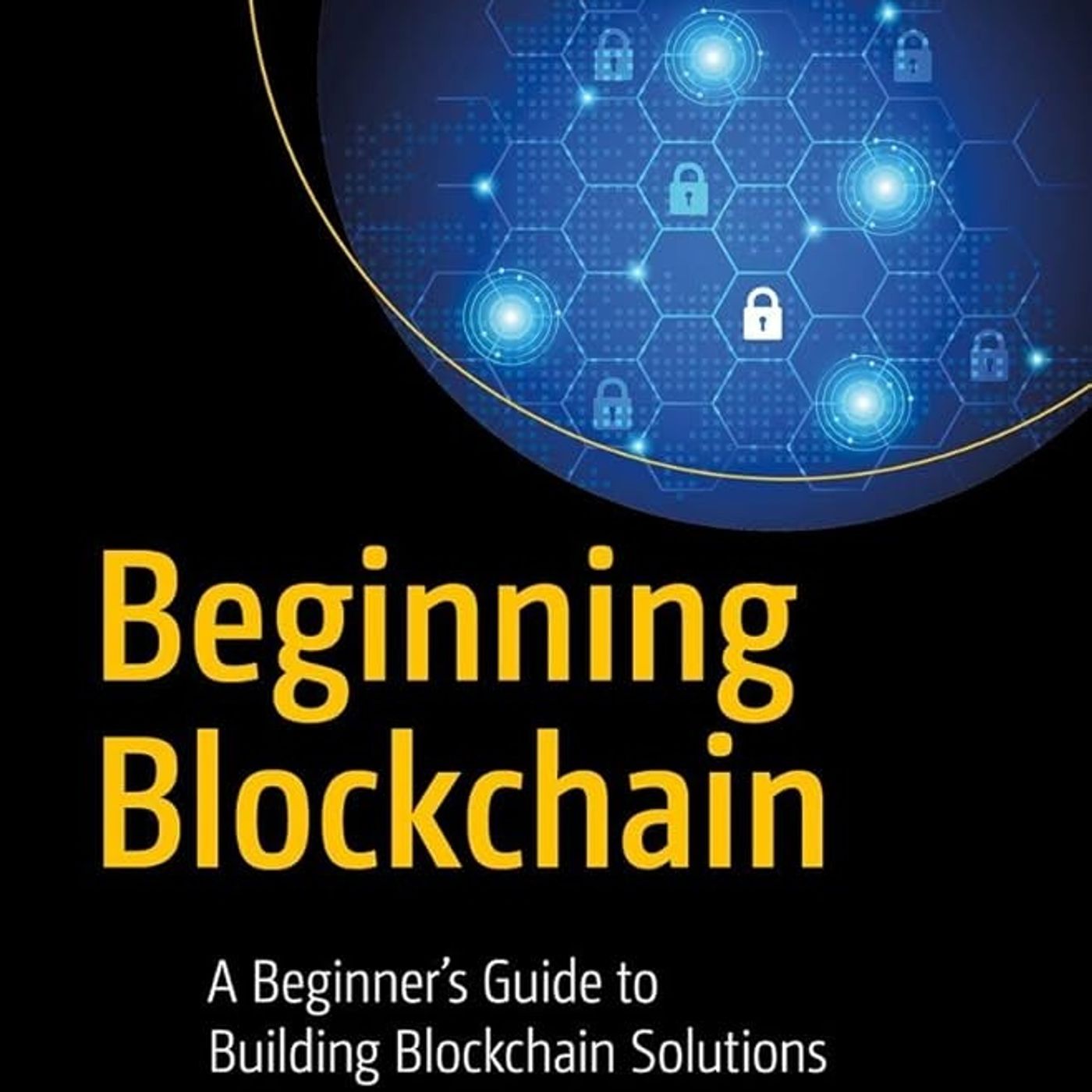
A deep foundation in blockchain technology, starting with a historical context of money and the centralized systems it relies upon, before introducing the decentralized, trustless model of blockchain. Significant portions detail the operational mechanics of the two leading public blockchains: Bitcoin and Ethereum, covering key concepts such as cryptography (hashing, symmetric/asymmetric keys), consensus mechanisms (Proof of Work), game theory (Byzantine Generals' Problem), and computer science engineering (Merkle trees, data structures). The material also explores the architecture and development of Decentralized Applications (DApps), covering practical aspects like transaction processing, smart contracts, the Ethereum Virtual Machine (EVM), and scaling solutions...
UX for XR: User Experience Design and Strategies for Immersive Technologies (Design Thinking)

Focusing on the application of user experience (UX) principles to Extended Reality (XR), which includes Virtual Reality (VR) and Augmented Reality (AR). The content explores the history of XR, the rise of UX design, and how these methodologies are crucial for driving the adoption of immersive technologies in areas like EdTech, MedTech, enterprise, and gaming. It discusses practical approaches, including prototyping, the use of Object-Oriented UX (OOUX), and the importance of mindful design in the evolving 3D spatial computing environment. Additionally, the text evaluates pioneering platforms, such as Oculus and Microsoft HoloLens (using MRTK), and key design conventions for...
Visual Studio Code for Python Programmers
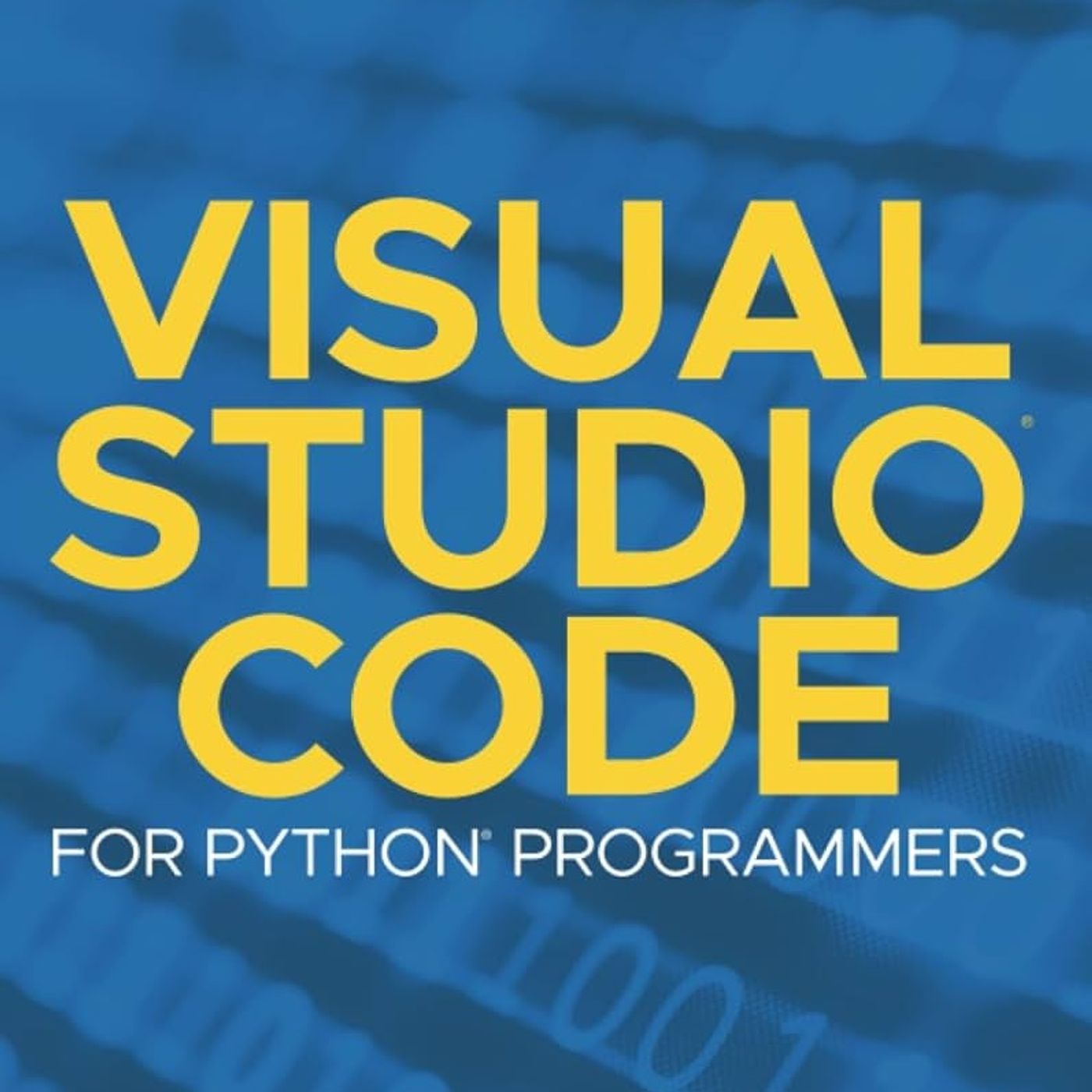
An extensive table of contents and introductory material for a guide on using the popular code editor for Python development. The source details fundamental setup procedures such as installing Visual Studio Code, configuring a Python interpreter and extensions, and managing core editor features like settings, keybindings, and the Command Palette. Furthermore, the text introduces more advanced workflows for Python developers, including debugging, unit testing, Jupyter Notebook integration, version control with Git and GitHub, and deployment to Azure services using frameworks like Django and Flask. The overview highlights a comprehensive guide aimed at establishing an efficient and productive coding environment...
Well Aware: Master the Nine Cybersecurity Habits to Protect Your Future
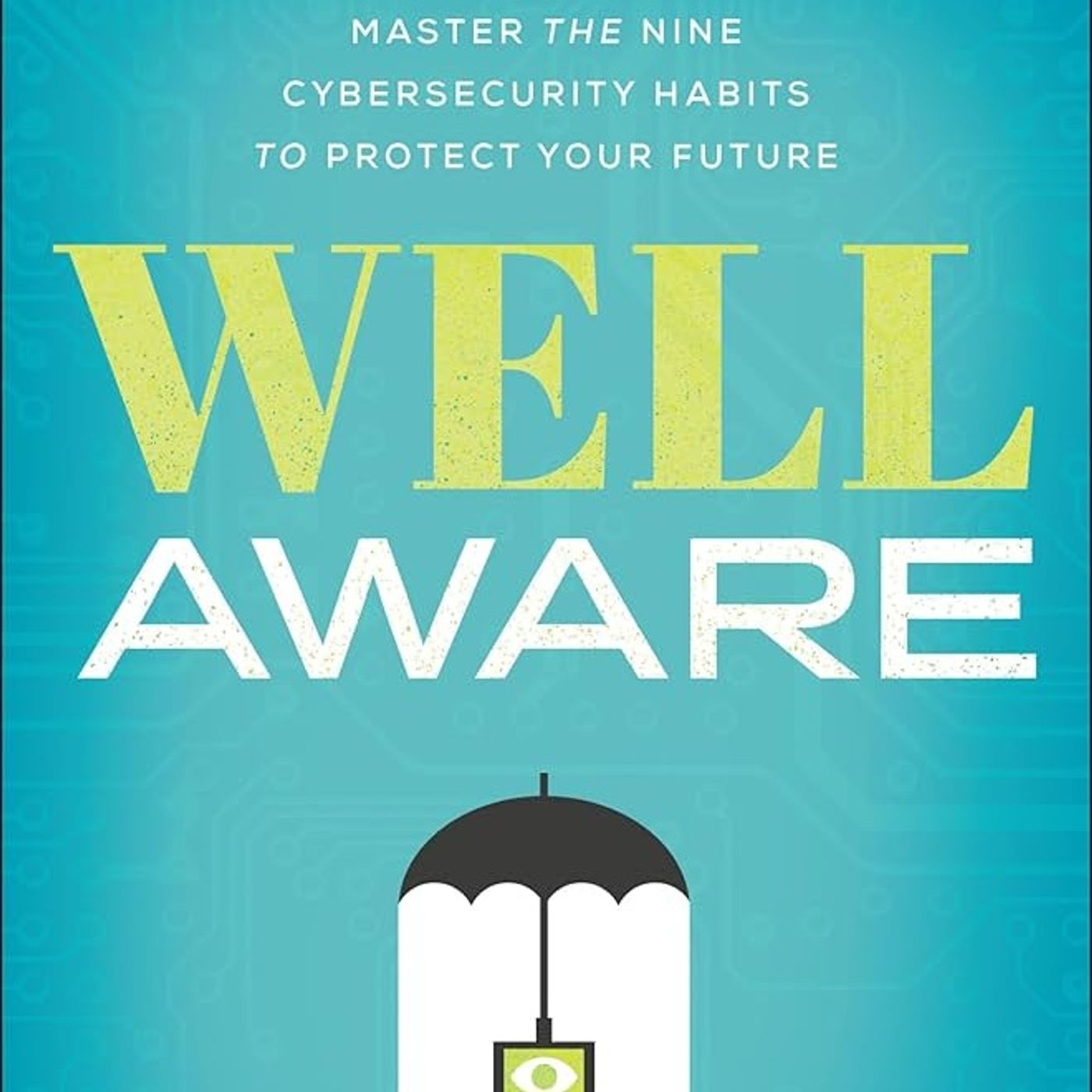
Argues that cybersecurity is primarily a behavioral challenge rather than a technological one, emphasizing that people are the cause of nearly all security incidents. The book introduces and elaborates on nine key cybersecurity habits—such as vigilance, skepticism, diligence, and deception—which are presented as actionable behaviors for both individuals and organizations. Various anecdotes and case studies, ranging from the Girl Scouts' approach to fearless learning to the Challenger disaster and the Tylenol poisonings, illustrate the importance of these habits and the psychological principles, like the triune brain theory and learned helplessness, that influence security choices. Ultimately, the text enco...
Hands-on Data Virtualization with Polybase: Administer Big Data, SQL Queries and Data Accessibility Across Hadoop, Azure, Spark, Cassandra

These excerpts from the book "Hands-on Data Virtualization with Polybase" provide an extensive look at how to implement data virtualization using PolyBase within SQL Server, including its use in Big Data Clusters and Azure Synapse Analytics. The text thoroughly explains the technical details, prerequisites, and setup procedures for connecting SQL Server to a wide array of external data sources, such as Hadoop, Spark, Azure Storage, Teradata, Oracle, SAP HANA, IBM Db2, and various NoSQL databases like Cassandra and MongoDB, often using Docker containers for testing. Furthermore, the material includes practical code examples, troubleshooting tips, acknowledgments, and a section introducing...
Hands-on DevOps with Linux: Build and Deploy DevOps Pipelines Using Linux Commands, Terraform, Docker, Vagrant, and Kubernetes
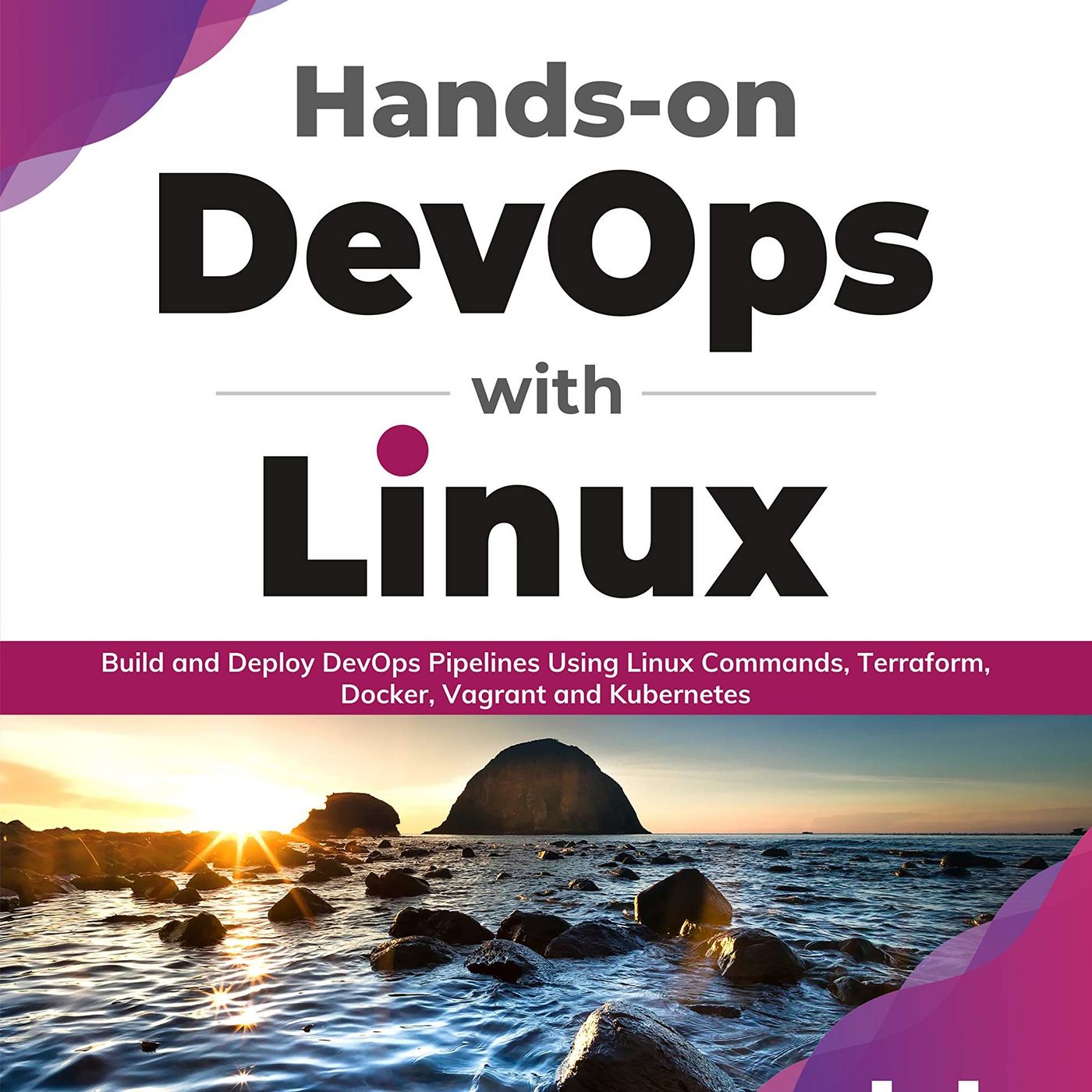
A practical guide for building and deploying DevOps pipelines using various open-source tools. The content focuses heavily on Linux fundamentals, including managing files, directories, users, and permissions, while also introducing modern DevOps practices. Specific technologies covered are VirtualBox and Vagrant for creating environments, core web services like Apache and Nginx, deployment strategies using Docker and Kubernetes, and centralized logging with the EFK stack (Elasticsearch, Fluentd, and Kibana). Furthermore, the book addresses the automation of infrastructure using Infrastructure as Code (IaC) with tools like Terraform and explores continuous integration/continuous delivery (CI/CD) pipelines using Jenkins and version control with...
Hands-on Penetration Testing for Web Applications: Run Web Security Testing on Modern Applications Using Nmap, Burp Suite and Wireshark
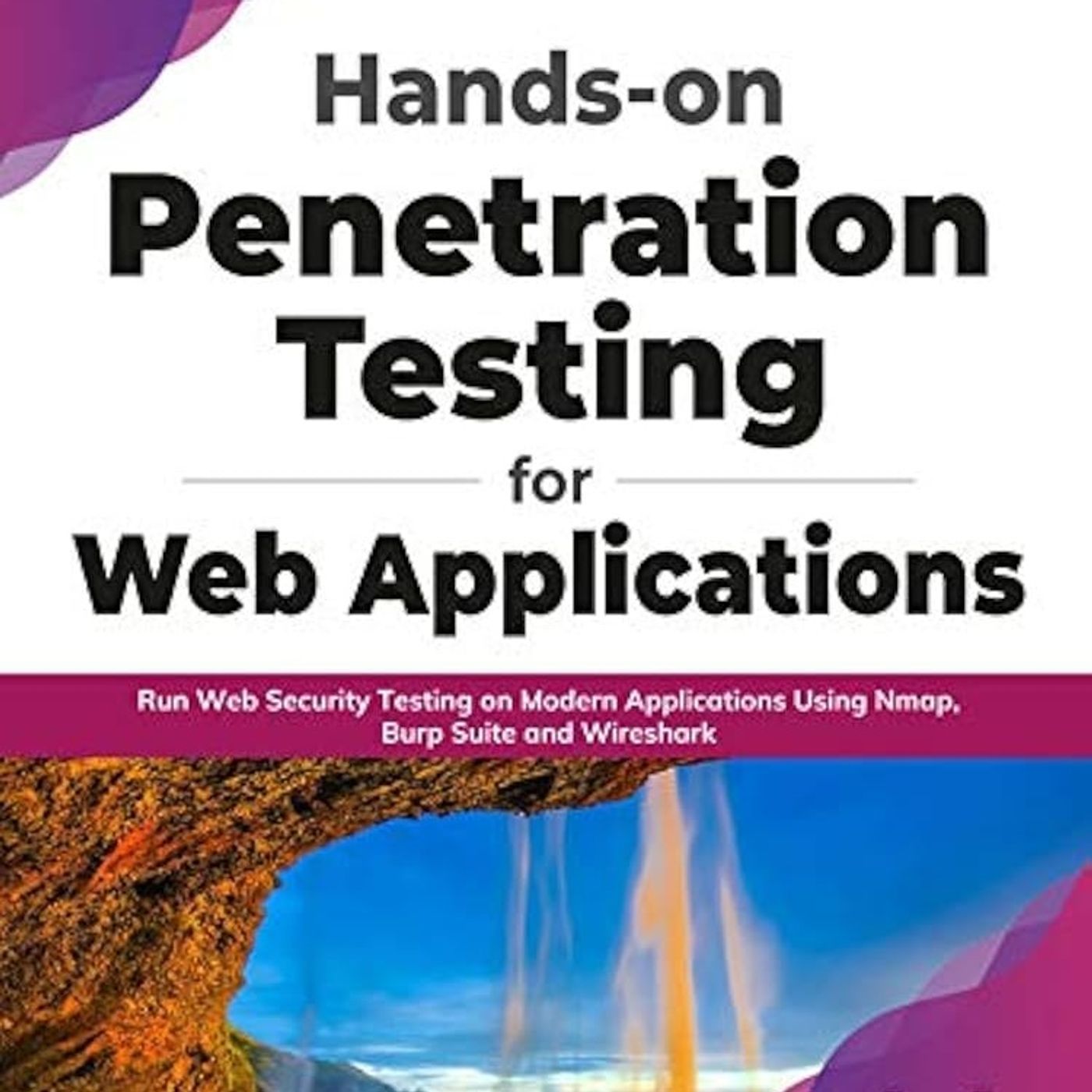
A comprehensive guide for security professionals and testers, detailing methodologies for identifying and exploiting numerous web application vulnerabilities. It extensively covers topics like authentication flaws, session management issues, access controls, injection attacks (such as SQL and XML injection), and Cross-Site Scripting (XSS), using tools like Nmap, Burp Suite, and Wireshark. Furthermore, the book dedicates chapters to mitigation techniques, static code analysis (SAST), and automated attack tools, providing a thorough resource for improving application security posture.
You can listen and download our episodes for free on more than 10 different platforms:
https://linktr.ee...
IBM Watson Solutions for Machine Learning: Achieving Successful Results Across Computer Vision, Natural Language Processing and AI Projects
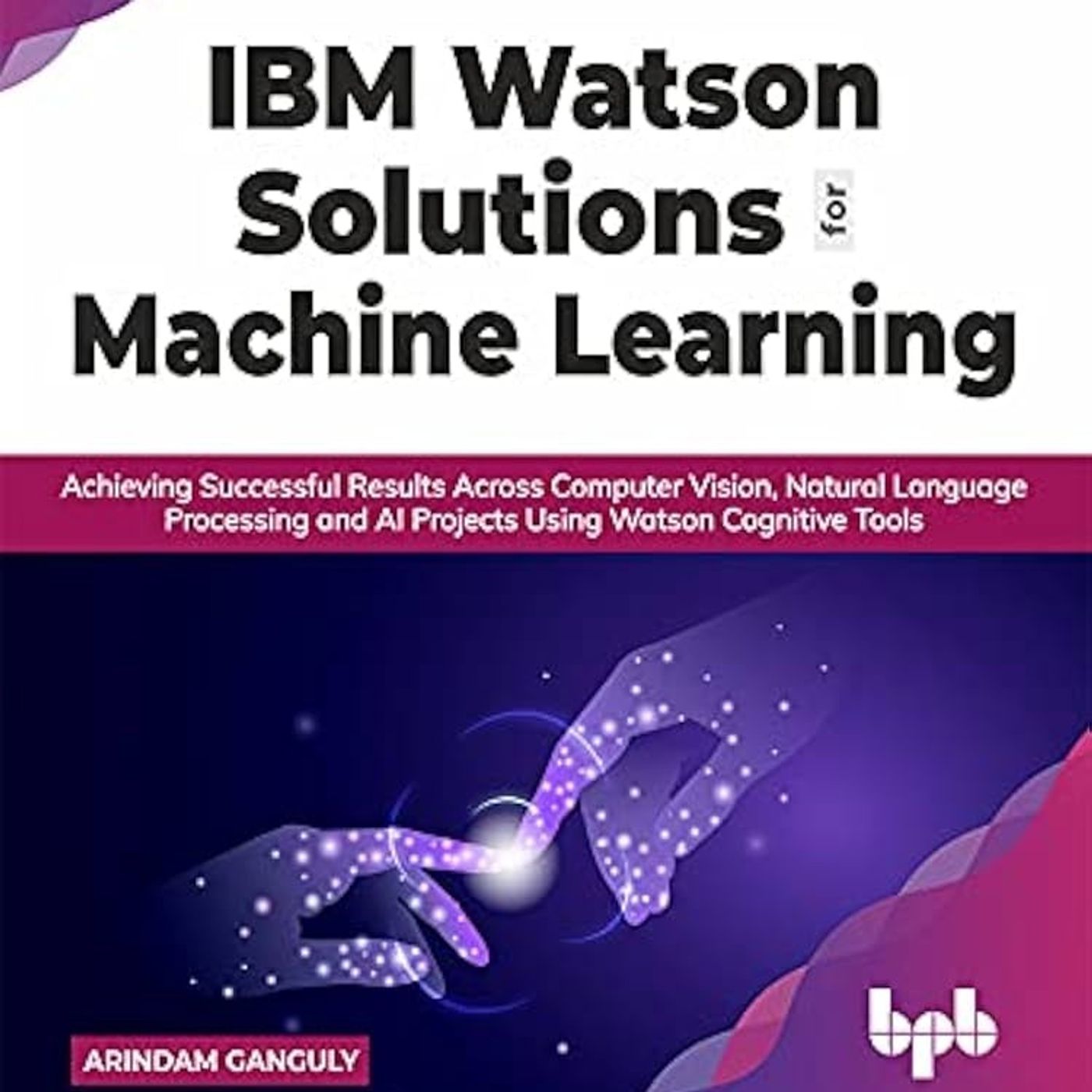
Provides comprehensive instruction on IBM Watson Solutions for Machine Learning, covering various aspects of Artificial Intelligence (AI) and cognitive tools. The text is structured as a book, detailing concepts from foundational machine learning (ML) and deep learning algorithms, such as linear regression and neural networks, to practical implementation using Python, scikit-learn, TensorFlow, and Keras. A major focus is placed on using IBM Watson services, including Watson Assistant for building chatbots, Watson Studio and Machine Learning for deploying models via APIs, and Watson Discovery for Natural Language Processing (NLP) tasks. Furthermore, the material explains essential software engineering practices like data...
Google Analytics Kickstarter Guide: Get Tips to Boost Your Traffic and Sales Using Google Analytics

An extensive overview of the Google Analytics platform, explaining its utility for measuring website traffic and user behavior to inform business decisions. The text details the platform's six major report categories—Realtime, Audience, Acquisition, Behavior, and Conversion—and outlines how to interpret core data components like dimensions and metrics, tables, and charts. Furthermore, the guide covers technical aspects such as account setup, connecting Google Ads, and practical applications of the data through the lens of the 7 P's of Marketing to improve online business performance.
You can listen and download our episodes for free on more than...
Cloud Native Applications with Jakarta EE: Build, Design, and Deploy Cloud-Native Applications and Microservices with Jakarta EE

Focuses on building, designing, and deploying cloud-native applications and microservices. The book covers foundational concepts like cloud computing basics, major cloud providers (AWS, Azure, Google Cloud), and cloud-native design principles, including the shift from monolithic to microservices architecture. Significant attention is paid to Jakarta EE for application development, coupled with essential practices such as testing methodologies (unit, integration, end-to-end), Continuous Integration and Continuous Delivery (CI/CD), and security and scalability considerations. Later chapters introduce advanced topics like containers (Docker and Kubernetes) and serverless computing (FaaS), and discuss cloud-native design patterns for robust system development.
You...
Cloud Computing Simplified: Explore Application of Cloud, Cloud Deployment Models, Service Models and Mobile Cloud Computing
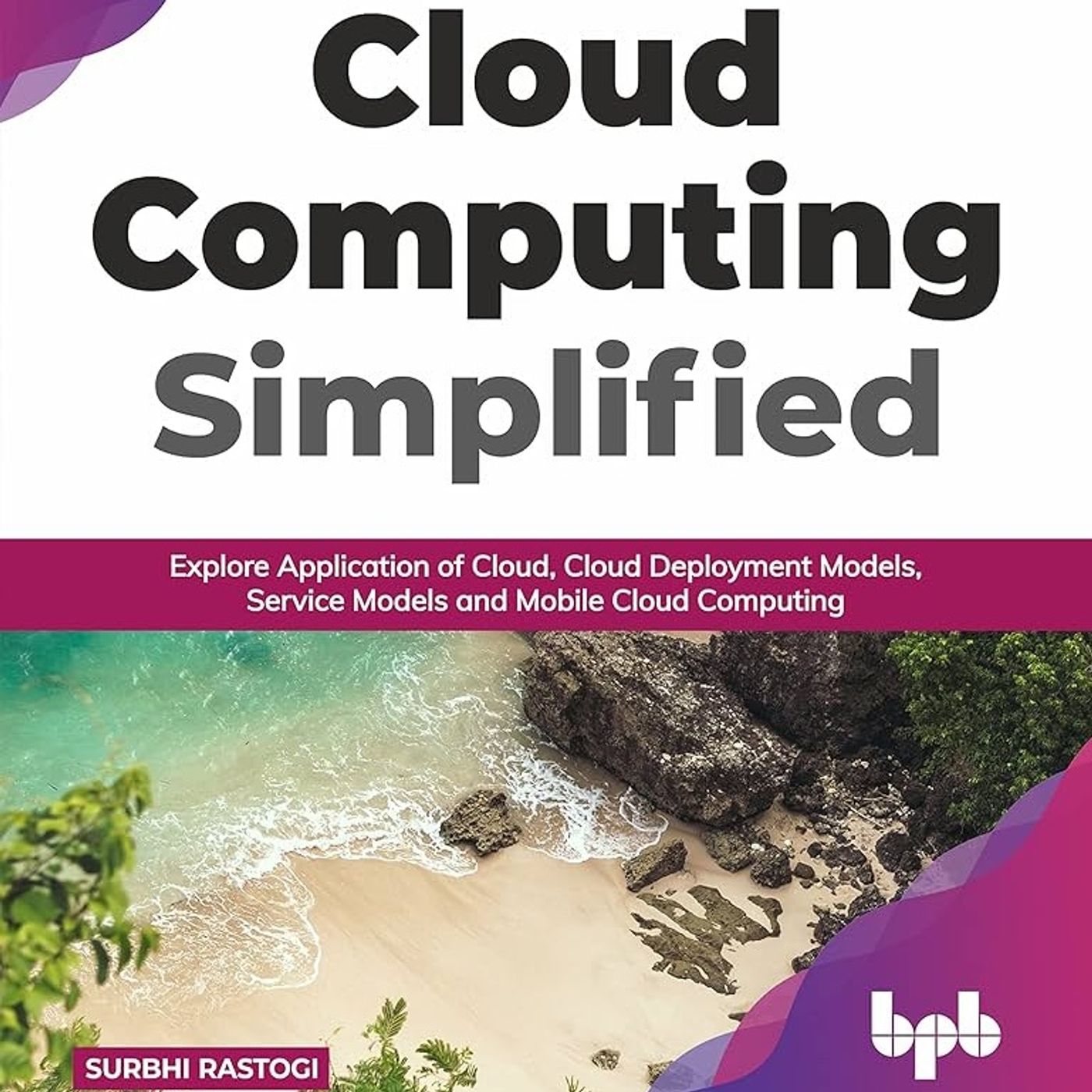
A comprehensive overview of cloud computing concepts, including its history, characteristics, advantages, and disadvantages. The book extensively details the cloud service models (SaaS, PaaS, IaaS) and deployment models (public, private, hybrid, and community), along with a comparative study of the latter. Furthermore, the source material explores critical supporting technologies like virtualization, scalability, redundancy, and cloud management, addressing topics such as cloud security, data storage, and the Cloud Cube Model. Finally, it reviews cloud operations, service providers (including India's "MeghRaj" initiative), and emerging technologies like IoT, AI, and mobile cloud computing.
You can listen and download...
Linux Device Driver Development: Everything you need to start with device driver development for Linux kernel and embedded Linux
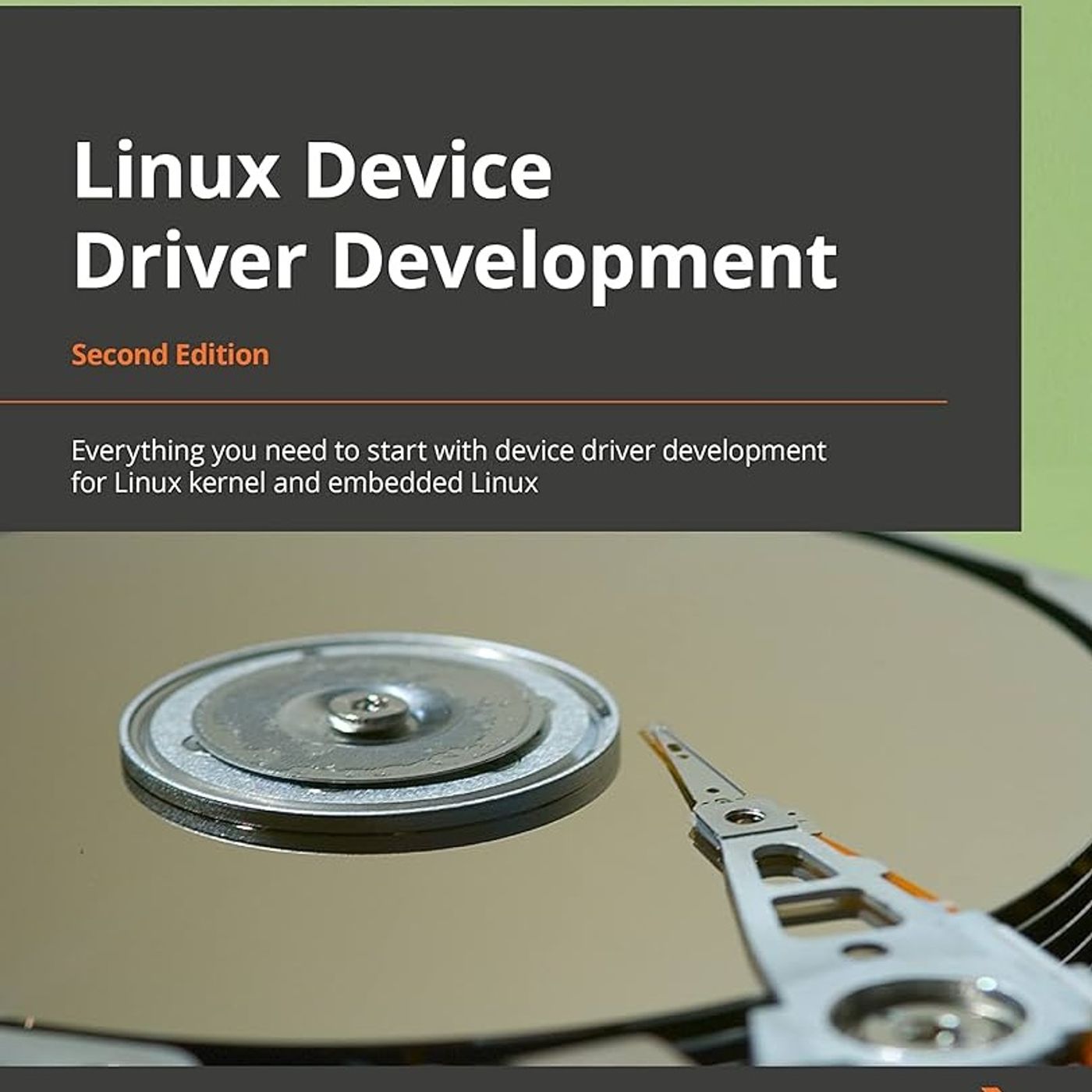
This technical resource is intended for experienced users like embedded engineers and kernel hackers and requires prior knowledge of C programming and Linux commands. The content offers comprehensive instruction on developing Linux drivers for kernel version v5.10 and embedded Linux systems, covering essential topics such as setting up the development environment, understanding kernel module concepts, implementing character device drivers (including file operations like read, write, and ioctl), and utilizing the Device Tree mechanism. Furthermore, the book explores advanced kernel subsystems, including the Linux Device Model (LDM), Regmap API for register abstraction, IRQ framework and interrupt handling, locking primitives (spinlocks...
Enterprise DevOps for Architects: Leverage AIOps and DevSecOps for secure digital transformation
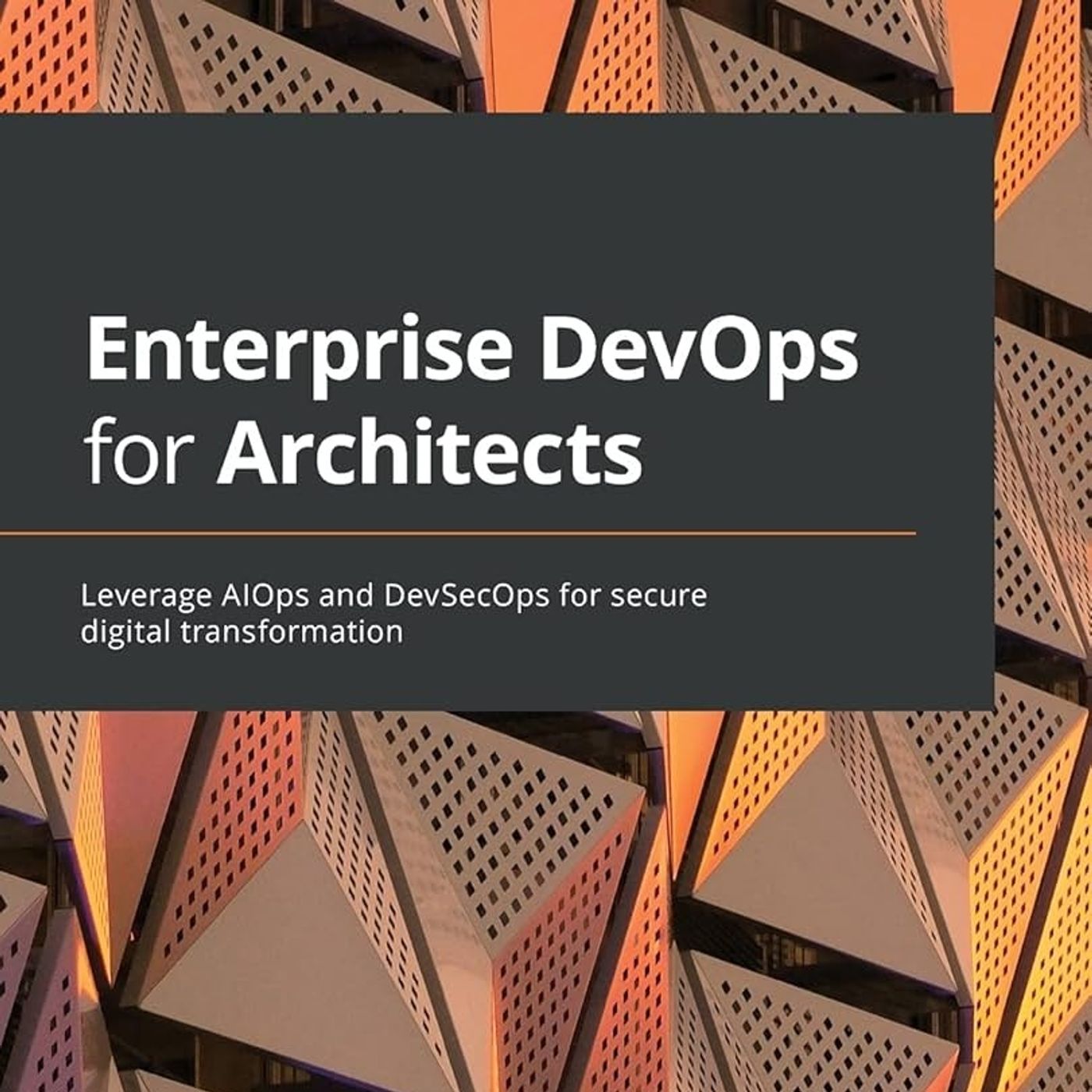
A comprehensive guide for architects and engineers on implementing and scaling modern DevOps practices within large enterprises, focusing heavily on automation, quality assurance, and security. Key topics covered include defining DevOps architecture, managing IT delivery in sourcing models, leveraging AIOps (Artificial Intelligence for IT Operations) for predictive operations, and integrating security through DevSecOps and Zero Trust Architecture. The material also addresses the cultural shift required for adopting practices like Site Reliability Engineering (SRE) and achieving continuous improvement through rigorous testing and monitoring within CI/CD pipelines.
You can listen and download our episodes for free...
Five Principles for Deploying and Managing Linux in the Cloud
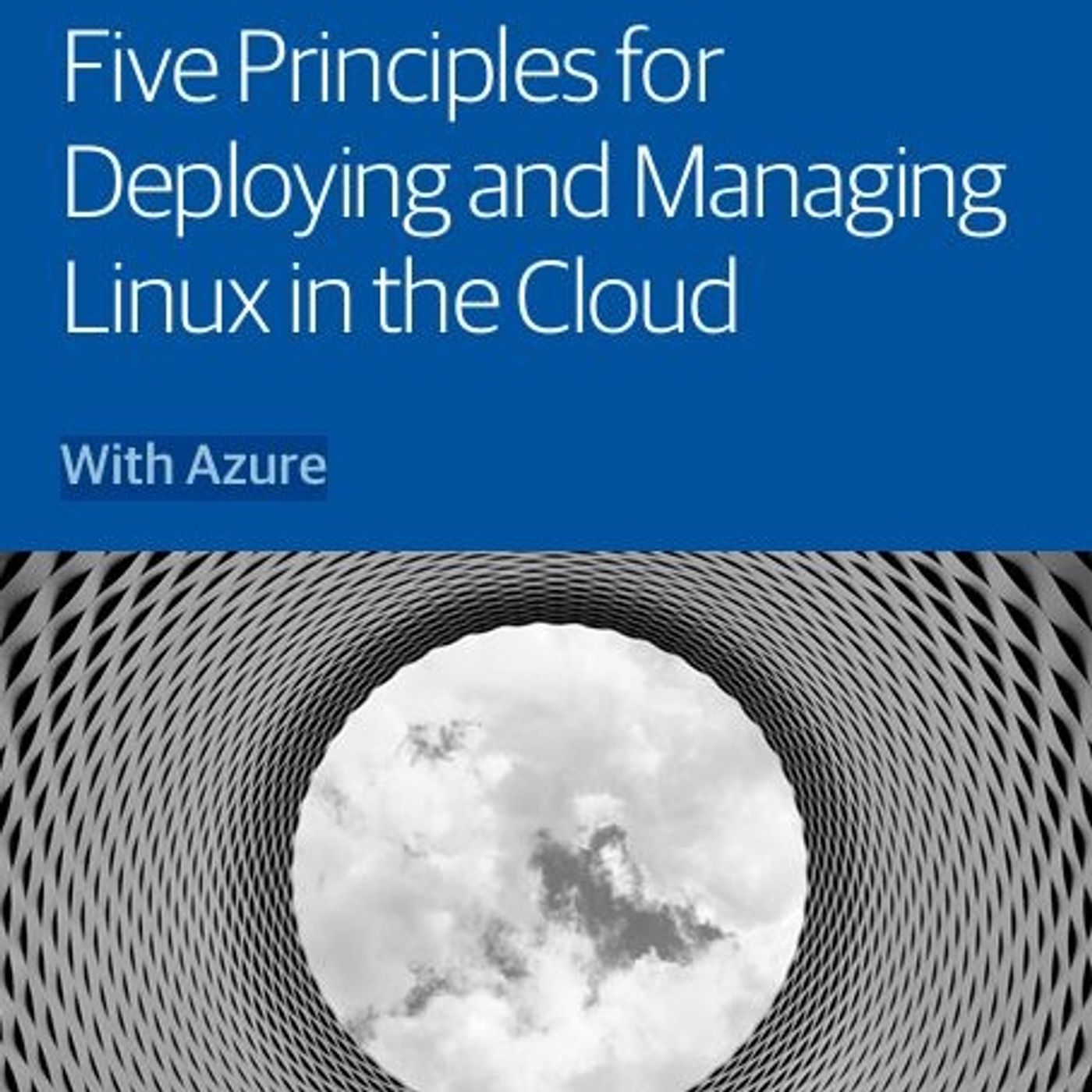
A comprehensive guide for migrating and optimizing Linux environments in cloud architectures, with a specific focus on Microsoft Azure but also referencing AWS and other cloud vendors. The content is structured around five core principles, addressing critical topics such as cloud readiness assessment, high availability, performance monitoring, security, disaster recovery, and governance within a cloud context. It details foundational cloud concepts, including IaaS, PaaS, SaaS, virtualization, and containerization, and explores how these technologies specifically apply to running Linux virtual machines and applications in a multi-cloud and hybrid environment.
You can listen and download our episodes...
Implementing Always On VPN: Modern Mobility with Microsoft Windows 10 and Windows Server 2022
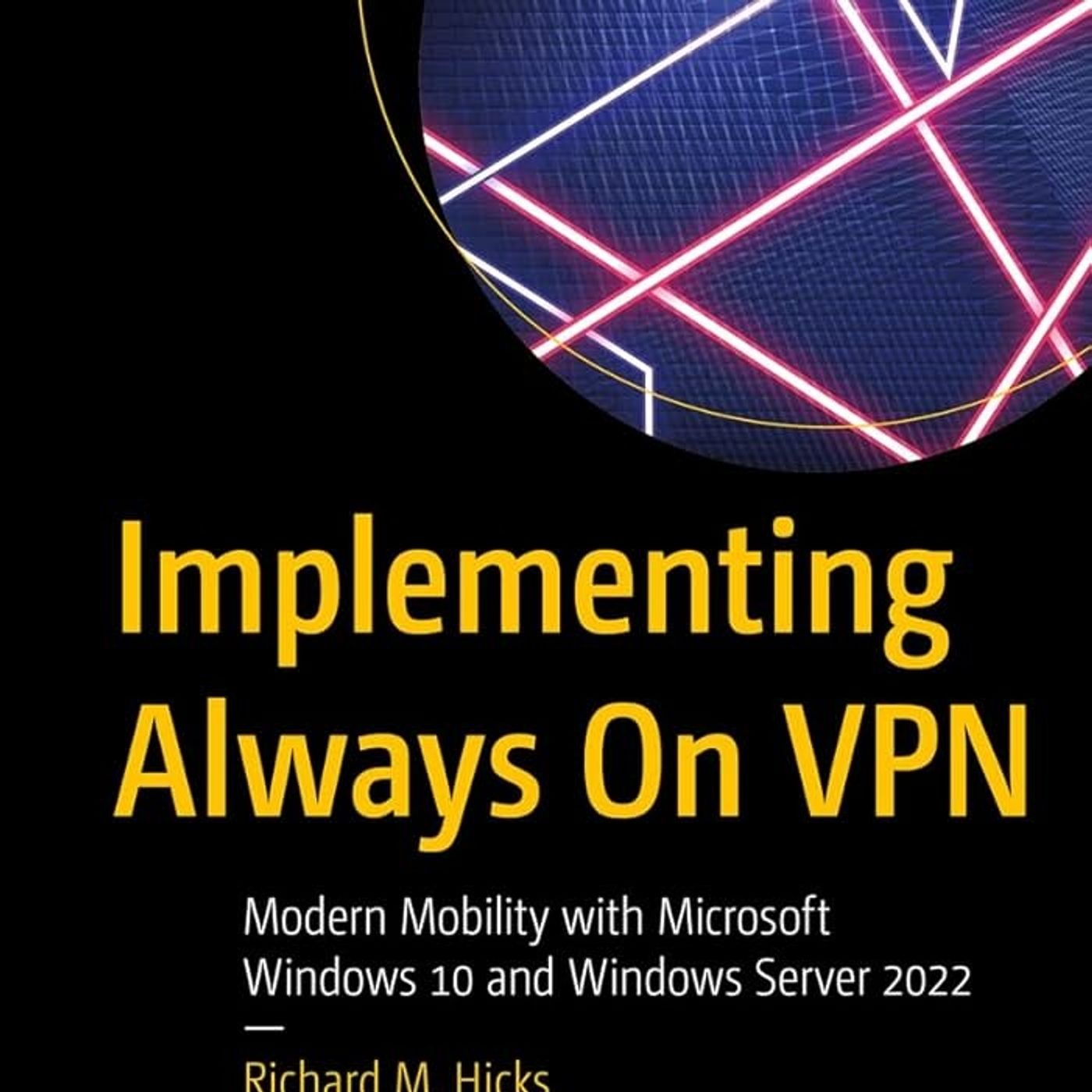
A practical implementation guide for information technology administrators seeking to plan, design, and deploy Always On VPN using current best practices and various Microsoft technologies. Key technical topics covered include infrastructure prerequisites such as certificate management with PKI and Intune, network configuration with Routing and Remote Access Service (RRAS) and Network Policy Server (NPS), and client provisioning using tools like Microsoft Endpoint Manager and PowerShell. Additionally, the book addresses advanced configurations like traffic filtering, high availability using load balancing, cloud deployments with Azure Virtual WAN and VPN Gateway, and extensive troubleshooting guidance for common errors.
...
Jump-start Your SOC Analyst Career: A Roadmap to Cybersecurity Success
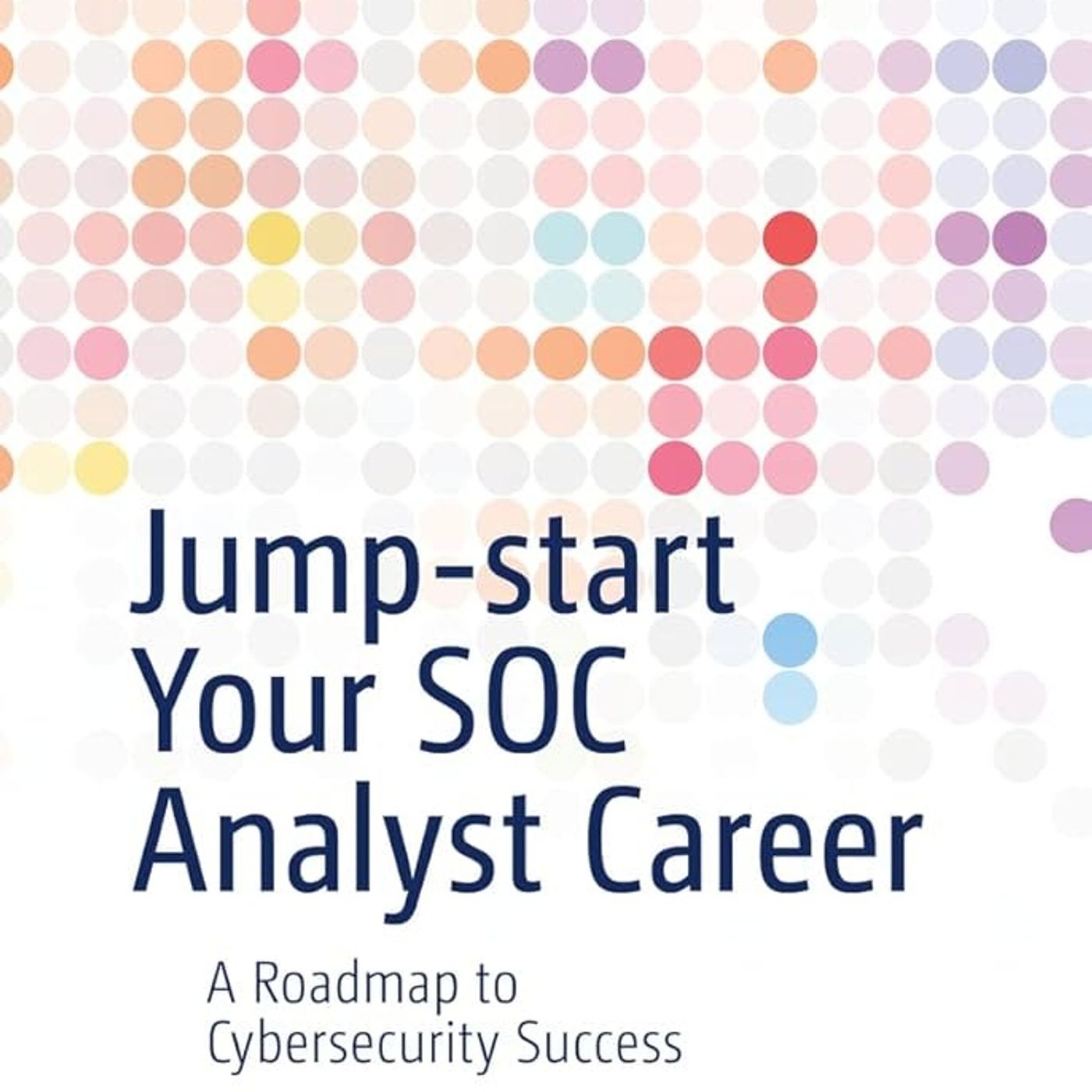
A comprehensive guide for individuals aiming to become Security Operations Center (SOC) analysts, covering the essential knowledge, prerequisite technical skills like networking and endpoint security, and the tools critical to the role, such as SIEM and SOAR platforms. The chapters discuss the high demand and career trajectory within the cybersecurity field, offer job-hunting strategies including networking and interview preparation, and detail the various teams and external entities a SOC analyst interacts with. Additionally, the book includes a specific chapter on the evolution and security models of cloud computing and provides personal stories and advice from current SOC analysts and...
Losing the Cybersecurity War And What We Can Do to Stop It

A fundamental shift in cybersecurity strategy toward a Zero Trust architecture. The author, an experienced former CIO, identifies five critical battlefields where defenders are currently disadvantaged: Education, Technology, Information, Economics, and Leadership. Testimonials and content previews affirm that the book details the history of this disadvantage, examines recent high-profile cyberattacks (such as SolarWinds, Colonial Pipeline, and JBS Foods), and proposes ten concrete steps, including mandated Zero Trust migration and a national AI/ML project, to reverse the asymmetry. The core message emphasizes that traditional perimeter-based security models are failing due to complexity, excessive trust, and an evolving threat landscape...
Mastering Go: Harness the power of Go to build professional utilities and concurrent servers and services

An extensive overview of the Go programming language. It introduces fundamental concepts such as variables, functions, packages, program flow control, and data types like arrays and slices. Advanced topics covered include Go concurrency with goroutines and channels, systems programming, file I/O, networking (TCP/IP, HTTP, WebSockets, RESTful APIs), and database interaction using PostgreSQL. The material also emphasizes software engineering practices like testing, benchmarking, profiling, documentation generation, and utilizing CI/CD tools like GitLab and GitHub Actions for automation.
You can listen and download our episodes for free on more than 10 different platforms:
<...
MS-900 :Microsoft 365 Fundamentals: Exam Cram Notes
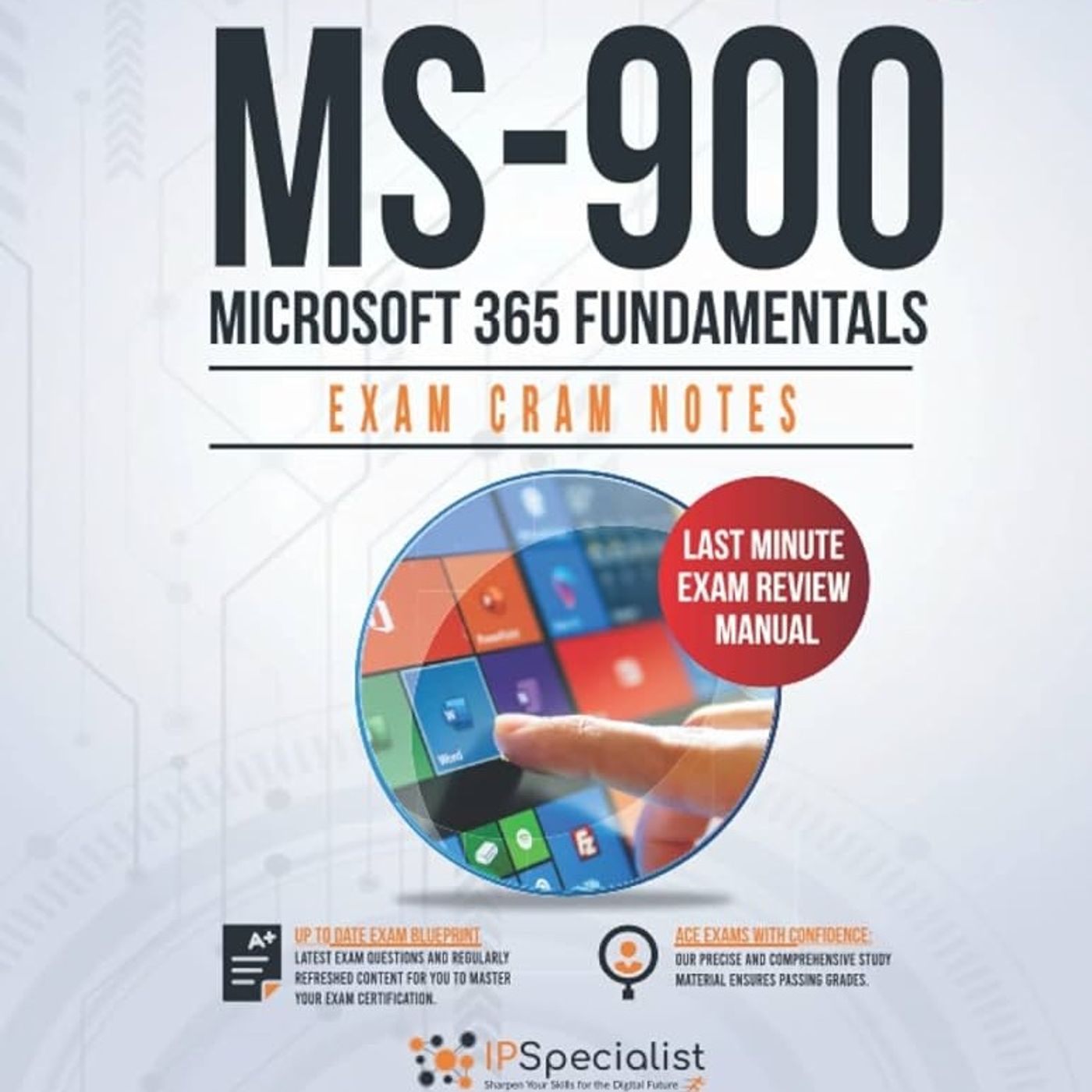
A comprehensive overview of Microsoft 365 and related cloud concepts. The text thoroughly explains cloud computing fundamentals, including the benefits, economic models, and types like IaaS, PaaS, and SaaS. A significant portion details the diverse Microsoft 365 services covering productivity, collaboration (Teams, Viva, SharePoint), endpoint management, and licensing options. Furthermore, the notes dedicate substantial coverage to crucial topics of security, compliance, and identity, introducing concepts like Zero Trust, shared responsibility, and Microsoft 365 Defender services.
You can listen and download our episodes for free on more than 10 different platforms:
https://linktr.ee/cyber_security_summary
Navigating the Cybersecurity Career Path

A comprehensive career guide for individuals in or entering the cybersecurity field. The book structures its advice around common career stages, addressing topics such as finding one's "why" for pursuing a security role, developing necessary technical and soft skills like emotional intelligence and effective communication, and strategies for managing security-related stress. It also offers practical guidance on professional growth, including getting promoted, deciding whether to pursue management, overcoming imposter syndrome, and understanding the importance of diversity and inclusion within the homogeneous cybersecurity workforce. Furthermore, the source provides advice for security leaders on strategic planning, team building, effective communication of...
Red Hat Enterprise Linux 8 Administration: Master Linux administration skills and prepare for the RHCSA certification exam
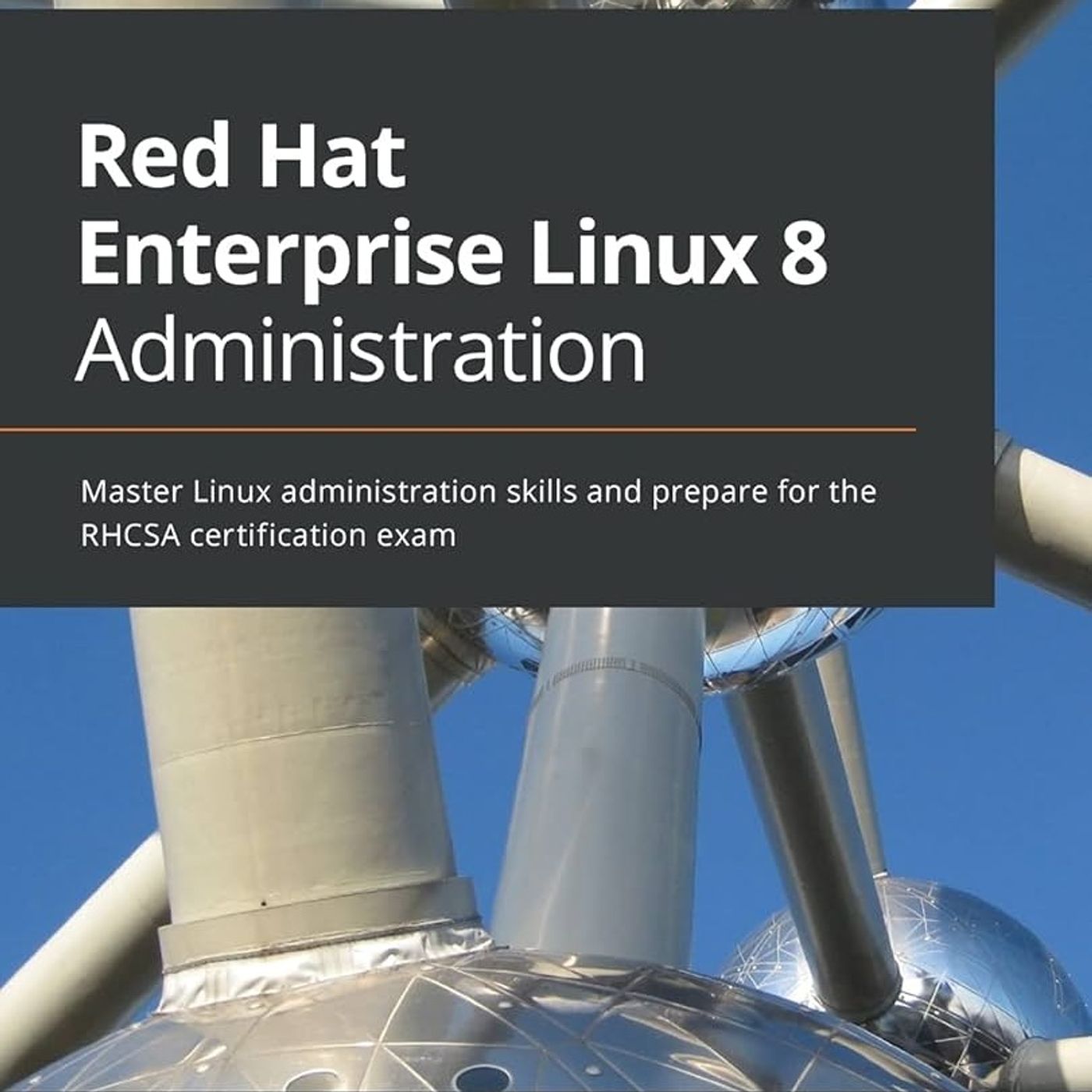
A comprehensive guide for Red Hat Enterprise Linux 8 (RHEL8) administration, detailing various system management topics. The sources cover initial RHEL8 installation on both physical and virtual machines, including advanced options like cloud deployments and automated installation techniques. A significant portion focuses on core administration skills, such as command line usage, user and group management, file permissions, networking configuration with NetworkManager, and software management using DNF/YUM. Furthermore, the text explores system hardening with SELinux and OpenSCAP, resource administration including LVM, and performance tuning through kernel adjustments and the tuned service, concluding with an overview of container management using Podman.<...
Solutions Architect's Handbook: Kick-start your solutions architect career by learning architecture design principles and strategies

A comprehensive overview of the role and responsibilities of a Solutions Architect, focusing heavily on cloud computing environments. The text explores various architectural principles, including the importance of scalability and elasticity, security and compliance, and operational excellence in solution design. It details several architectural patterns like SOA, microservices, and serverless, and emphasizes the role of DevOps and automation in the continuous integration and delivery pipeline. Furthermore, the sources discuss strategies for cloud migration, cost optimization, and offer guidance on the essential soft skills required for a successful Solutions Architect.
You can listen and download our...
